|
If I’ve said it once, I’ve said it a thousand times. The only downside to writing (and reading) this particular blog, is knowing that they all end the same—the main character dies. Such is the struggle for the “cemetery journalist” based on his available subjects. However, the fascination always lies in asking the basic two questions regarding the gravestones and monuments that comprise all burying grounds, big or small, and that is: “Who were these people?” and “How did they die?” A few weeks back, I wrote a story about an interesting, above-ground crypt in Mount Olivet called the Roelkey Vault, which contains multiple members of the family of John and son, Joseph Roelkey. One day when I was shooting photos of the Roelkey Vault, for that story, I took particular notice of a large monument I was standing next to. The family’s name of “Gilson” was new to me and I my curiosity was piqued by seeing the names of two decedents (and brothers) who had died in their early thirties. These included J. Emory Gilson (1866-1898) and Thomas J. Gilson (1882-1913). Below the latter, was the name of Thomas’ wife, one I had familiarity with thanks to producing a history documentary about the town of Thurmont years ago. I would find that Alice H. Osler (1883-1951) was the daughter of Van Buren Osler (1840-1901), a Union Civil War veteran, merchant, former president of the town commission and one of the founders of the town’s first bank in 1889, along with partner Samuel Birely. This institution would become known as the Thurmont Bank in 1901 (after Osler’s death) and was housed in one of the most iconic buildings in town up through this day. Another Union Civil War vet was on the other side of the gravestone I was positioned beside in Area R/Lot 57. This was the father of the two brothers (John Emory and Thomas). His name was Charles Albert Gilson, a native of near Emmitsburg. Born in 1840, this man was the son of Richard Gilson whom author T.J. Williams calls “a native of Frederick County, who was of Scotch-Irish extraction” in his History of Frederick County (Vol. II) published in 1910. Charles grew up on his father's farm located on Middle Creek just southeast of the town of Emmitsburg. The fabled history book goes on to say that Charles A. Gilson spent the early years of his life in the occupation of a farmer, but afterwards devoted himself to mercantile interests. "He was a member of the Union Army for four years during the Civil War, serving with much credit, and participating in many of the hard fought battles of that struggle. Charles was married February 27th, 1866, to Harriet E. Morrison, of Emmitsburg District, Frederick County." It appears that the family may have gone west to Iowa for a few years, but were back in Maryland for the 1870 census in the area of Emmitsburg. In 1877, Charles located to Frederick, and was engaged in the agricultural implement business. The couple had five daughters and three sons. The family lived on East Third Street in 1880 and relocated to West Church Street by decade’s end. Mr. Gilson passed in 1892 and was revered as a man who was highly respected in the community in which he lived. Interestingly, all three of his boys are also buried in this plot including Charles Albert Gilson, Jr. (1875-1950) who lived a considerably long life compared to his male siblings. Charles, Jr. spent most of his existence in the field of banking under the employ of the Farmers & Mechanics’ National Bank of Frederick. Charles, Jr. would assist his mother in burying his older brother John Emory on October 12th, 1912. Unfortunately, I failed in finding out more about this man and his exact cause of death because my historical newspaper subscriptions don’t currently include papers from the week he died (Oct 6-18th). All I know is that he had lived in Washington, DC at the time of his marriage to Louise Griffith in September of 1891. He was mentioned to have been ill and recuperating at the home of his mother at 73 South Market Street in September, 1898. To come full circle, we can wrap up with a known cause of death for Thomas Jones Gilson, husband of Alice Osler mentioned at the outset. After looking into this further, I can tell you with certainty that Thomas was unlucky, unfortunate, luckless because he found himself at the wrong place at the wrong time in December, 1913. That place was Elephant Butte, New Mexico. To backtrack a bit, Thomas was born on September 26th, 1883 and attended school here in Frederick. He was eight when his father died, and was raised into adulthood by his mother on South Street. He can found living with her in the 1900 US Census and working for a laundry. Thomas married Miss Osler in 1904, and worked as a salesman. In 1910, he can be found selling pianos and living in Quincy, Illinois, where they had their first child, Thomas. Soon after, Mr. Gilson took a job as an engineer with the United States Reclamation Service. He moved to Provo, Utah where he and Alice would welcome a second son in June, 1912 (Charles Osler Gilson).  The elephant's head is to the left. The elephant's head is to the left. In spring, 1913, Thomas would be assigned to a project in Sierra County, New Mexico. It involved building a dam near an ancient landform known to locals by its Mexican name of “El Elefante.” It’s a butte, an isolated hill with steep, often vertical sides and a small, relatively flat top. In the case of Elephant Butte, it has an elevation of 4,639 feet. To put things in perspective, the highest elevation of our very own Catoctin Mountain is 1,880 feet. If you look at its shape closely, it resembles an elephant that is sleeping on its side. The area around Elephant Butte is noted for its hot springs, and the first public bath in the area was built at John Cross Ranch over Geronimo Springs in the late 19th century. The hot springs are part of the Hot Springs Artesian Basin. Major settlement here began with the construction of Elephant Butte Dam and its reservoir starting in 1912. The dam was completed in 1916, but our subject would not live to see it. This engineering accomplishment was a part of the Rio Grande Project, an early large-scale irrigation effort authorized under the Newlands Reclamation Act of 1902. I’ve found several photographs and articles regarding the Elephant Butte reservoir project, including pieces in national magazines like Scientific American and several overseas periodicals. One of the most common images used is the following which depicts a 20 ton “dinkey” railway engine swung across a canyon over the Rio Grande River. This method of cableways would be used to transport many thousands of tons of machinery and materials for the dam project. In 1916, the nearest town to Elephant Butte was incorporated as Hot Springs. It became the Sierra County seat in 1937. By the late 1930s, Hot Springs was filled with 40 different natural-hot-spring spas — one per every 75 residents at the time — though primarily catering to visitors. An interesting aside includes the city willingly changing its name from Hot Springs due to confusion with other places titled “Hot Springs” around the country. In March 1950, Ralph Edwards, the host of the popular NBC Radio quiz show Truth or Consequences, announced that he would air the program on its 10th anniversary from the first town that renamed itself after the show. This is when Hot Springs, New Mexico officially changed its name to Truth or Consequences on March 31st, 1950. The program was broadcast from this city the following evening and Edwards visited the town during the first weekend of May for the next 50 years. This event became known as Fiesta and eventually included a beauty contest, a parade, and a stage show. Today, Elephant Butte is the centerpiece of Elephant Butte Lake State Park, and has served as an island since the completion of the dam and surrounding water reservoir. When the Gilson family arrived here in 1913, it is assumed they were provided housing by the federal government. Old photographs show small settlements in the vicinity of Elephant Butte for the workers. Oddly, Mr. Gilson would receive a debilitating injury that would lead eventually to his death weeks later. Interestingly, this would not be an “on the job” accident, rather one that just occurred while on the way back home one day. Although friends and family back home were sent a telegram about the initial incident, Thomas Gilson was thought to be on the mend according to his wife’s correspondence. Just days after Christmas, the Frederick community would learn of his death at age 30. Although, the exact cause of death is not stated, it must have been some sort of infection, or consequence, of his head suffering the blunt force trauma of the wood. I theorize that the sawmill where Mr. Gilson stopped was heavily used for producing boards for concrete forming for the dam project. The local newspapers carried subsequent stories of Gilson’s body being shipped back home to Frederick for burial, culminating with his funeral on January 6th, 1914 in Mount Olivet. His mortal remains would join that of his older brother John Emory, and his parents—his mother having died in 1908. Alice would return to Provo and remarry a man named Charles Karney. Her son Charles Osler Gilson would die in 1918 of appendicitis at the age of six. The family would relocate to Olympia, Washington. She would live until 1951, at which time her body would be brought back to Maryland for reburial next to her first husband in Mount Olivet. While it may not matter to many people, learning who this man was, and how and where he died has been very enlightening to me. From here onward, every time I pass his gravestone sitting high, I will have the image of that incredible butte resembling an elephant in my brain as that is likely among the last images that he would have before passing.
3 Comments
Last week, the Frederick, Maryland area experienced multiple winter storms. We hadn’t seen a significant snow since March, 2022, and this was quite an event with a Monday night-Tuesday snowfall of about 4 inches, and a like amount on Friday. Now in no way does this compare to the Blizzard of January, 2016, or “Snowmageddon,” a double-shot of massive precipitation endured back in early February of 2010 when we received nearly three feet of snow. Of course, in my lifetime there were other memorable snowstorms I can recall harkening back to 1996, 1983 and 1979. However, these recent storms of early 2024 were quite manageable, reminding us again of the beauty of snow, especially when resting in the comfort of one’s own home. With the recent snow, I took the opportunity to venture out of my office last Wednesday to capture some of the sights and scenes within our historic, snow-blanketed, garden cemetery. The trek did not disappoint, but my hands did get quite cold as the gloves I had were not conducive to smartphone photography. I constantly found myself having to take them off on such a frigid day. Regardless, here is some of my handiwork: One photo, or shall I say gravestone, particularly resonated with me for more than simple visual appeal. This was due to the family surname. This was the burial space of a Civil War veteran with an old German name of Frederick that originally was spelled “Sturm,” but was changed to “Storm.” Both words can be defined as “a violent disturbance of the atmosphere with strong winds and usually rain, thunder, lightning, or snow.” Interestingly, we had just received the latter, and I had to smile when seeing multiple stones in Mount Olivet’s Area A/Lot 65 with this surname. The scene of this particular gravestone was made more stunning due to a small flag placed recently for Veterans Day, and a wreath on “Wreaths Across America” Day back on December 16th. This is the grave of John Peter Leonard Storm, born April 19th, 1838 in Frederick and died July 3rd, 1896. It’s safe to say this gentleman’s birth and death days had likely no snow in the forecast, but a storm consisting of rain, wind, thunder and lightning is certainly not out of the question. Speaking of “storms,” we currently have 38 Mount Olivet “residents” with the surname of Storm, and four others with the pluralized version— Storms. Our records show that John P. L. Storm was a carpenter by trade and later worked as a bank cashier. He married the widow Louisa (Fardwell) Kirwin on January 23rd, 1866 (a day that possibly had snow about). They had one known child, Harrie Edward Winfield Storm (1866-1939). John P. L. Storm served with the Union Army during the American Civil War and participated in the ranks of Companies E and G within Maryland’s Seventh Regiment. Our cemetery records show him taking part in the Battle of Five Forks, southwest of Petersburg, Virginia. This was one of the last battles of the war, taking place on April 1st, 1865. He and his regiment would be on hand at Appomattox Court House eight days later for Gen. Lee's surrender of his Confederate Army to Gen. Grant. Storm's military record appears on a memorial page within our Mount Olivet vets.com website in the section published last Veterans Day (2023) featuring Mount Olivet Union soldiers of the American Civil War. John P. L. Storm returned home from war and stayed active in civic and local affairs. He was particularly revered in Frederick’s local Masonic Dual Grand Lodge. He died one day shy of Independence Day, July 3rd, 1896, having been ill quite some time, and his obituary was printed in the local Frederick News that same day. I am already quite familiar with John P. L. Storm’s grandfather, John Peter Storm. Better known as Peter Storm, this gentleman is buried to the left of John P. L. and also has a snow-covered grave adorned by a flag and wreath, and appears in our MountOlivetVets.com site as well. Peter Storm was a veteran of the War of 1812 and held the rank of corporal in the 3rd Regiment of the Maryland militia under George W. Ent from August 24th –September 30th, 1814. Peter Storm was born January 21st, 1787 in Frederick to parents Jacob and Julianna Storm and was one of six children. His father was a participant of the American Revolution as a wagoner in Captain Jonathan Morris’ Company of the 7th Maryland Regiment. Peter Storm advertised his services as a coppersmith in the local newspaper of the early 1800s and eventually became a tavern-keeper. He married Mary Magdelena Haller on January 13th, 1807. Rev. David F. Schaeffer, who would also play an interesting role locally in the 1812 conflict, presided over the matrimony ceremony. The couple went on to have three known children: Peter Leonard Storm (1807-1875), Mary Ann Elizabeth (Storm) Cromwell (1811-1852), and Lydia Ann Rebecca (Storm) Dadisman (1812-1832). Peter Storm died on April 28th, 1821 at the age of 34. His mortal remains were originally buried in Frederick’s Lutheran graveyard, but moved here to the Storm family plot in Mount Olivet, likely in 1862 when his wife died, or earlier when the lot was purchased in 1855. I found a reference to Mary Magdelena (Haller) Storm operating the family’s tavern on Market Street (likely South Market) as late as 1825 in Jacob Engelbrecht’s diary. She lived out her life on South Market Street, and I found her in the 1850 census living in a house next door to her son (Peter Leonard Storm). Back in 2014, the cemetery placed a special marker on Peter Storm’s gravesite speaking to his military involvement during the War of 1812. This was during the 1812 Bicentennial commemoration, as we did the same for the other 1812 veterans buried here in Mount Olivet. Peter and Magdalena’s son, Peter Leonard Storm (b. November 12th, 1807), is buried directly behind his father. He worked as a bank clerk for the Central Bank of Frederick and, in 1861, would be promoted to the position of cashier. He would enjoy quite a career in the banking field. In personal life, Peter Leonard Storm would be married two times. With first wife, Henrietta Riehl, he was father to John Peter Leonard Storm, whose gravestone started this Story in Stone “Storm Storm” in the first place for me. Peter Leonard is also the man who purchased the family lot here in Area A, and would bury both parents here. It would also be the final resting place for both his wives, the aforementioned Henrietta (1812-1844), and second wife Isabella Burrows (1821-1879). Henrietta, like father-in-law “Peter” Storm, was originally buried in the Evangelical Lutheran graveyard, but we have records showing she was moved to Mount Olivet in 1855. Peter Leonard Storm remarried in 1848 and was known to have lived at today’s 403 South Market Street. He had five children with Henrietta, also known as Harriet, and four children with Isabella. It’s the first-born child of Peter Leonard and Isabella that really ties our story together, but more on that in a moment. Peter Leonard Storm would pass in October, 1875. He is buried between wife #1, and wife #2. We started our story with John Peter Leonard Storm, and I just made reference to a stepbrother who should have been my original inspiration for this snow-laden story. However, he is buried a good distance away in Mount Olivet’s Area Q, just south of what we call Founder’s Garden atop Cemetery Hill. On the southern slope of downtown Frederick’s highest landform, you will find the grave of Luther W. Storm and wife Alice. Although a simple middle initial exists on the tombstone, it gives me great pleasure to tell you this gentleman’s middle name—Winter. That’s right, the eldest son of Peter Leonard and Henrietta Storm was Luther Winter Storm, born August 4th, 1849. I can guarantee that this occupant of Area Q’s Lot 13 was not given his name in a driving snow storm in August. The secret likely lies with his mother’s Burrows family, but that’s enough “name game” for one day. Luther married Alice Olivia Rice and went on to have four sons holding respectable names of Charles, Frank, William and George. Peter was successfully sidestepped. Luther Winter Storm can be found in the occupation of cigar maker in the 1880 US Census and living on South Market Street. Luther Winter Storm would eventually become a bookkeeper for a tobacco firm and relocated to Lancaster, Pennsylvania where he lived on North Shippen Street. He would die in Lancaster on September 23rd, 1912, and his body would be brought back home to Frederick for burial. When looking at all the Storms buried in Mount Olivet, I was pleased to find one with an even more magical name than “Winter Storm.” This would be the daughter-in-law of our initial subject, John Peter Leonard Storm. On June 2nd, 1892, John P. L. Storm’s only son Harrie (and yes, that’s the correct spelling) would get married in Jefferson County, West Virginia. The ceremony was presided over by a Rev. Feel. On this momentous occasion, Harrie’s blushing bride, the former Fairy Belle Daniels, became Fairy Belle Storm. She was the daughter of farmer Dennis Monroe Daniels and wife Mary Ann (Sperry)Daniels of Bakerton, West Virginia near Harpers Ferry. Fairy Belle was born on April 28th, 1871 and died at Frederick Memorial Hospital on April 12th, 1954. The couple had four sons, and also avoided the name Peter: Frank, Charles, Sperry, and Edward. I read that this family would occupy the old homestead at 403 South Market. Sperry Storm was a noted music teacher in town, and Edward was a lawyer who would serve as a Maryland State Senator in the mid 20th century. Ironically, I had to do a double-take of the pictures I took on Wednesday in which I found that my final photo taken was that of beautiful plantings found on the north corner of Area GG. In the background were the graves of Sperry L. Storm and former senator Edward D. Storm, grandsons of John P. L. Storm. Almost sounds like we should have the following customized inscription on a gravestone:
“Here lies in Mount Olivet steadfast, a family with a quite Stormy Past." Happy Quitters Day and Weekend! In the “Christmas season” of holidays, Three Kings’ Day/Little Christmas on January 6th is not the official end. No sir, “Quitter’s Day” is celebrated on the second Friday of every year as the day when most people are most likely to abandon their New Year’s resolutions. That’s right, after suffering through one weekend, why let a second one go to waste. Live it up! Last week, in part 1 of our “Story in Stone” focused on the early Roelkey family of Frederick, I endeavored on working toward my personal New Year’s resolution of writing/publishing a story on these German immigrants, something that I have been wanting to do for about seven years now. I centered on the unique family vault built into a hill and located in Mount Olivet’s Area R. This structure was built by John Roelkey, Jr., born October 16th, 1823 as Johann Christian Heinrich Roelke, Jr. in Oedelsheim, on the Weser River, in Germany. This week, we are traveling about 75 yards to the northeast of the Roelkey Vault to Area F/Lots 21-23. Once here, we find the gravesite of John’s parents and a few other relatives, including a family member who traded in her maiden name for a very similar new married surname, and a descendant who not only documented her own genealogy, but is responsible for helping countless others do the same—including adding greatly to Mount Olivet’s historical records and database. Christian Roelkey The bodies of Johann Christian Heinrich Roelke (1793-1861) and his second wife, Maria Christena Dreyer occupy Area F’s Lot 22. Last week, I shared the fact that the original Roelke name has been spelled a variety of ways including Rolicke, and Rölke with an umlaut. Along the way, it was anglicized by several family members to Roelkey. The name has been pronounced here locally in a variety of ways, particularly as “Rell-key” and “Rull-key.” Regardless of spelling and pronunciation, this surname crudely translates from its Germanic origin to “Glory for the Wolf.” Let’s talk about John Roelke (Roelkey), Sr., better known as Christian Roelke, more in depth in part II of this story. The patriarch of my focus on this family in Mount Olivet is not interred within the Roelkey Vault, but rather in Area F. Born February 9th, 1793 to Johann Conrad Rolke and Elizabeth Niemeyer, Christian immigrated to America in 1837 with his second wife (the former Christina Dreyer) and eight children, eventually settling in Frederick. Williams’ History of Frederick County (1910) states the voyage from Bremen (Germany) to Baltimore was made in rapid manner taking just 21 days. A family history on Ancestry.com shows documents that this occurred aboard the ship Elise, under a Capt. John Koch. Once here in America, and Frederick, the family first engaged in weaving carpets and woolen goods, but eventually took up huckstering farm goods. Apparently, this was the family trade back in their native Hesse-Cassel. Christian and Maria Roelkey's children included: 1.) William , a marble maker turned cabinet maker and later a tobacconist in Frederick; 2.) Augustus, coffee merchant in Baltimore; 3.) Peter; 4.) Harmon, enlisted at age 18 for the Mexican War and in 1849 went to seek gold in California, where he married and would reside in Sacramento; 5.) Chrissie (1812-1888), married a baker by the name of Henry Koester and buried in Area H/Lot 315; 6.) Caroline Sophia (1827-1904) aka "Lena," married Frederick Soelke; 7.) Eliza (1822-1887), married a machinist named David Haller and buried in Area A/Lot 36); 8.) and the aforementioned John (1823-1897), who worked at the Eagle Iron Works of Calvin Page before becoming a prominent farmer whose former plantation can be found near the intersection of US 15 and Biggs Ford Road north of Frederick. Christian and Maria and family appear in the 1860 census living on the south side of West South Street and west of Mantz Alley (now known as Ice Street/Broadway Street). This would place them just west of the site of a new, large condo complex (being built at the site of the former location of Rollin’s Funeral Home). The address of the Roelkey home is today’s 126 West South Street, and was purchased by Christian in 1854. In the Williams’ Frederick Business Directory of 1859/60, Mr. Roelke is listed as a “carter,” defined as a driver of a horse-drawn vehicle used for transporting and selling goods like produce. This line of work would also label Christian as a professional hauler and also a huckster. Speaking of this, Frederick diarist Jacob Engelbrecht made a few entries (in the 1850s) mentioning the making of “sauer kraut” from cabbage he had bought from Christian Rolke (sp). In 1856, Engelbrecht notes Roelkey’s involvement in hauling dirt and sand for the municipality to fill and fix city streets. Unfortunately, a change in profession for Christian Roelkey would be a contributing factor to an early grave. I take you to the turbulent year of 1861.This was the year following the hotly contested election of 1860 in which Abraham Lincoln became president. Although there were many factors, the election and subsequent inauguration of Lincoln helped ignite the American Civil War as Fredericktonians would soon hear news of the firing upon, and capture, of Fort Sumter in Charleston, South Carolina’s harbor in April of 1861 by Confederate forces. Residents then watched Southern states secede from the Union, including next door neighbor Virginia. President Lincoln could not allow Maryland to follow suit, thus surrounding Washington, D.C., as there existed strong sympathy and support throughout the state, especially in Southern Maryland, the Eastern Shore, and Baltimore which would come under martial law following the Pratt Street Riot of that same April. Two weeks after the Confederate capture of Fort Sumter, South Carolina, Maryland Gov. Thomas H. Hicks called the General Assembly into special session here in Frederick, a strongly Unionist city to debate secession. The state capital, Annapolis, was seething with resentment over the recent Federal occupation of that city. Both the Senate and the House of Delegates began the session on April 26th, 1861, in the former Frederick County Courthouse which had been built in 1875. The next day, the senators and delegates moved to Kemp Hall, a larger meeting space that belonged to the German Reformed Church. Only a block away, Kemp Hall is positioned on the southeast corner of Church and Market streets and the building served as the capitol of Maryland during the spring and summer of 1861. Apparently some local Rebels didn’t take to kindly to the move of state government, and decided to send a poignant message. Court House Fire—This Morning between one & two o’clock (a.m.) the Court House in this City was certainly set on fire & burnt nearly out, except the lower part where the court, lawyers & jury usually sat—the whole, or nearly of the roof was on fire when first discovered & being such an unusual hour of the morning when nearly everybody was fast asleep. The Sheriff’s office & the Collector’s office were in the east and west wings & all their books and papers were saved. But in the Grand Jury room upstairs were many old papers of not much value were destroyed—there was insurance in the Frederick Mutual Office for $5,000. Jacob Engelbrecht, May 8th, 1861 It has always been surmised that this deed was done by Confederate sympathizers to send a message to not only the townspeople, but also the governor, legislators and entire state. Plans were made to build a new county courthouse while the legislature continued to meet at Kemp Hall throughout the summer. As early as June 20th, 1861, under Lincoln’s suspension of the writ of habeas corpus, Federal troops began arresting suspected pro-secession legislators like Delegate Ross Winans of Baltimore, who was stopped on his way home from the session here. He, like several other lawmakers, was confined briefly under Lincoln’s orders. Finally, lacking a quorum—primarily because of the arrest of so many secession-leaning senators and delegates—the General Assembly adjourned in September without ever considering a secession bill. In early August, the Baltimore firm of S. H. & J. F. Adams won the bid for building a new courthouse. Demolition work was begun by mid-month and the courthouse would be completed just over two years later in October, 1863 when it again hosted the Frederick County Court. Christain Roelkey would play a part in the new courthouse, but would not live to see its completion, dying on November 10th, 1861. Our cemetery records include a footnote from the sexton’s records of the former German Reformed Burying Ground where Mr. Roelkey was originally buried. These records state that Christian Roelkey “died from a wound received while digging a well for the new courthouse.” This find led me to the old newspapers of town and the pages of the Frederick Examiner of October 30th, 1861. I could not find Mr. Roelkey’s obituary in the paper, but he suffered from that injury for nearly two weeks before succumbing to death at the age of 68. If only he just would have stuck to selling cabbages. Christian Roelkey was buried in the German Reformed Graveyard on the northwest corner of West Second and North Bentz streets—today’s Memorial Park. Maria would join him here upon her death in August, 1871, but both bodies would be re-interred to Mount Olivet on November 12th, 1873. That fall of 1861 was a bad one for the extended Roelkey family, especially for Christian and Maria’s daughter Caroline Sophia Amelia Roelkey (b. January 27th, 1827), better known as “Lena.” Miss Roelkey would likely confuse some, and impress others, when she married in 1847. I have to admit that her grave monument had the same effect on me, standing only a few yards east of her parents in the general vicinity of Mount Olivet’s only other above ground crypt belonging to James Whitehill and family. Lena’s husband’s name was Frederick William Soelkey, and now she held the moniker of Lena Roelkey Soelkey. Mr. Soelkey was born on December 5th, 1818 and his last name appears in early records as Zoelkey and Zulkey. “Fred” also was a native of Germany, born in Habichthorst in 1818 and could be found living in Martinsburg (WV) with wife Lena and listed as a carpenter in the 1850 US Census. Frederick Soelkey applied for naturalization in 1852, which means he was here in America for at least five years up to that time, as 1847 was also the year of his marriage. He would be fully naturalized in 1855. In October of 1861, the couple lived with their five children in Frederick at what is now numbered 140 West South Street, not far from Lena’s parents at 126 West South. Just as Christian Roelkey would not know his unpleasant fate at the beginning of October, 1861, neither would his son-in-law Frederick Soelkey. His imminent death would come from an equally unfortunate on-the-job accident. This would not occur in Frederick, but at a place called Elysville on the Patapsco River in Howard County. The 42-year old was working on a railroad bridge at the small hamlet north of Ellicott City. Frederick’s body would be brought back home to Frederick and he was buried in Mount Olivet on October 5th, the day after his accident. In the weeks to follow, administrator announcements could be found in local papers, as well as an interesting article in December, 1861 noting that there were insurance payoffs in both men’s deaths. Lena Soelkey and her children eventually moved to Baltimore on April 1st, 1867. She rented out her Frederick home and is said to have used the monies as support for her children. Lena Soelkey would continue to live in Baltimore until her death in 1904 at which point she would be brought back to Frederick and was buried next to her husband. A fine, large monument would cover their grave. Over the years, their children’s names would be added to the stone as they too would be buried here. As I spent time in these Roelkey and Soelkey adjoining family lots in Area F on the southern slope of a hill once known as Cemetery Hill and Pumphouse Hill to past generations, I couldn’t help but notice the small grave marker of a studious lady I am quite familiar with and even had the opportunity to work with on a few occasions a few decades ago. Margaret Myers was more than a genealogist, she was a “genealogist’s genealogist.” Frederick County historical repositories have much of her past work in their collections, and we at Mount Olivet owe her a huge debt of gratitude for vetting and updating our interment records as she worked diligently to do so. She worked very closely to my boss, Superintendent J. Ronald Pearcey. When Margaret passed, the cemetery received her old desktop/personal computer, containing tens of thousands of names of past residents and their family connections. The above-mentioned Roelkeys and Soelkeys were very familiar to Margaret’s watchful eye as these were direct relatives. Christian Roelkey was Margaret’s great-great grandfather. Margaret died in 2009 and is buried about five yards away from Christian, and the same distance from her parents Edwin Irvin Myers (1896-1979) and Julia Susannah (Roelkey) Myers (1895-1977). Julia Myers was a daughter of Elroy Livingston Roelkey (1858-1929) and wife Genevra Lucetta (Zimmerman) Roelkey (1864-1929). Elroy was the son of John Christian Roelkey, Jr., last wekk’s “Story in Stone” prime subject and the man who built the Roelkey Vault—youngest son of Christian Roelkey, this week’s prime subject. Now that I’m finished with this story, I feel quite perplexed. On one hand, I completed my resolution by writing a two-part “Story in Stone” on this interesting Roelkey family. However, I can’t go any further with it, which some may perceive as “quitting.” I promise that this is certainly not the case as I will commit my resolve to the research, writing and publishing of many more of these “Stories in Stone” featuring families and decedents laid to rest in Frederick’s historic garden cemetery of Mount Olivet.
If anything else, I have helped "gain glory and fame" for the wolf with modern day readers. New Year's resolutions have been shared, and bantered around, all week—a natural occurrence for the start of the year. Just as the Christmastime holiday season brings its own set of traditions to each and every one of us, so does early January boasting a clean slate for us to act on things we’d like to change, or enhance, about ourselves. Some commit to a goal of “living life to its fullest,” which may incur things like travel or new hobbies. The spirit of this post-holiday period annually shows a rise in gym memberships, healthier foods jumping off grocery store shelves at a fast rate, folks downloading self-organization apps (while “old-schoolers” buy the latest edition of day planners), a dip in cigarette sales, and spirited attempts to keep disparaging comments and criticisms about others to one’s self. “Carpe diem!” as the Roman poet Horace wrote in 23 BC. However, while many of us “seize the day,” week, or perhaps the entire month of January, a recent yahoo.com study found that 91% of Americans ultimately fail at sustaining their New Year’s resolution goals. Now, I’m not going to sit here and gloat or criticize, as there are plenty of resolutions that could be chosen to better my current well-being. Instead, I want to guarantee a 100% compliance with this year’s goal, perhaps do my part of upping that “resolution success rate” for this current year’s yahoo survey, if you will. I have chosen my said resolution from a work-related “Story in Stone” perspective. For the last ten years, I’ve wanted to learn more (and publish a story) about a family with a name that comes from Old High German and roughly translates to “fame and glory for the wolf.” If your Deutsch and history skills are extraordinary, then you certainly know I’m talking about the Roelke (later Roelkey) family. In Mount Olivet, we currently have 102 individuals interred with the name Roelke, and 41 more with Roelkey. I plan on showing my commitment to this noble resolution with a two-part story! My “Cryptic” Goal For many years, I’ve been curious about a rare, funerary structure on Mount Olivet’s Area R/Lot 96. This started when I began leading cemetery tour groups to this feature back in 2013. It’s known as the Roelkey Vault, and I have visited often both day and night. Of course, it’s certainly more memorable under the cloak of darkness, as I have shone countless lanterns and flashlights through its stylish, iron gates. This was while I was “moonlighting” with Ron Angleberger’s famed Maryland Ghost Tours business while I was working for the Tourism Council of Frederick County. I’ve seen no actual apparitions in the form of humans here, or wolves for that manner. Instead, I have marveled at the architecture employed, and the ideology of family crypts like this one. And so have our many visitors. Surprisingly, we have only two “above-ground crypts” of this nature on our spacious grounds, the other being that of the Whitehill family in nearby Area F. I wrote about the Whitehills and their eternal home back in October of 2020. In that particular story I made mention of the Roelkey Vault, only 75 yards to the southwest and located along a short driveway. It is constructed into a hillside in the same manner bank barns utilize the natural environment. The archway over the tomb announces that this is the vault of John & Joseph E. Roelkey. Within, are the bodies of 11 family members occupying nine of twelve designated spaces. These units were designed in the form of full-length compartments to accommodate a casket, and also feature an end panel displaying the decedent’s name and vital dates. If you look closely at each panel, you can see two rings which were used to hold the endpiece during opening and closing. The casket (or urn) of each passing Roelkey family member was placed within a respective compartment, and this occurred over a century from 1863-1976. I can at least date the Roelkey Vault to the early 1860s, as I’m still trying to find info on its initial construction. John Roelkey, Jr. was born October 16th, 1823 as Johann Christian Heinrich Roelke, Jr. in Oedelsheim, on the Weser River, in Germany. His parents were Johann Christian Heinrich Roelke (1793-1861) and his second wife, Maria Christena Dreyer. The original Roelke name has also been spelled Rolicke. We will talk about John, Sr., better known as Christian Roelke, more in depth in part II of this story as he is not interred in the Roelkey Vault, but rather in Area F. What I will say here is that he immigrated to America in 1827 with his wife and eight children, eventually settling in Frederick. The family were first engaged in weaving carpets and woolen goods, but eventually took up huckstering farm goods. Christian Roelkey bought a property fronting 123 feet on the north side of west South St in 1854 from Peter Mantz, executor of Peter Mantz Sr. Today that property is 119-133 W. South St. Son John, as his executor, sold part of the property in 1864 and the remainder in 1868. John Roelkey bought a property fronting 124 feet on the north side of W. South St in 1855 from Peter Mantz, executor of Peter Mantz Sr. Today that property is 143-153 W. South Street. He sold part of the property in 1857, part in 1861 and the remainder in 1867. I’m assuming that he was living in this vicinity when the 1860 Census was taken. As he was listed as a laborer in 1850, the 1860 Census recorder has him as a plow (plough) maker. The Williams’ Frederick Directory of that year places him at the Eagle Foundry here in town. Operated by Calvin Page, this operation was located a short distance away. I theorize that this was the time that the cemetery property was purchased by the Roelkey family in Area R (Lot 96). With Mr. Roelkey's expertise and talent in working metal, I strongly feel that he designed and crafted the metal gates on the front of his vault at the Eagle Foundry. John Roelkey eventually gave up this latter vocation in order to devote full time to farming. I did find that his name adorned a plow model that he created while at the foundry. Either way, he now would be using those plows in his new profession, one that an old Frederick history book deemed to prove to be very successful. John was married twice like his father. His first wife, Julia Ann Metcalfe (January 13, 1821-January 18, 1848), was the daughter of Thomas M. and Mary (Hiteshew) Metcalfe. She died young as can be discerned by her birth and death dates. The couple had no children together. John would remarry ten months later on October 10th, 1848. His new bride was Susanna Rebecca Allbright (b. October 5th, 1825), the daughter of Carl “Charles” Philip and Elizabeth Matilda Rebecca (Measall) Allbright. As a side note, Mr. Allbright (1794-1863) was the first body interred within the Roelkey family vault in 1863, with Mrs. Allbright (1809-1887) in 1887. Susanna’s brother, William Harmon Allbright (1820-1882) is here as well, actually in the same compartment as his father. John and Susanna Roelkey went on to have eight children (five reaching adulthood). They were twins Alumina Roelkey (1850-1851) and Clementina Roelkey (1850-1851, infant son Roelkey (1851), Fanny Drusilla (Ramsburg) (1852-1922), Charles Christian Allbright Roelkey (1855-1902), Elroy Livingston Roelkey (1858-1929) (husband of Genevra Jenny Lucetta Zimmerman), Celeste Manzetta “Sadie” Roelkey (1862-1946 ) never married, and Joseph Edward Roelkey (1865-1931). With an expanding family, John Roelkey bought 110 acres north of Frederick in 1865 to farm. This location was situated between Richfield, the former home of Gov. Thomas Johnson, Jr., and Biggs Ford Road, as this is between today’s US 15 and the Monocacy River. An existing house had been built @1851 by former owner John W. Birely (1816-1896). Mr. Roelkey’s heirs would sell this farmstead in 1897. John and his brother, Edward Roelkey, bought a 228-acre farm on Opossumtown Pike in 1878 from Anna Mary Kunkel. Edward would later sell his portion to John and eventually it too would be sold by heirs in 1898. This farm was part of Tuscany, shown on the Bond map (previously owned by the Kunkel family). Today it is part of the Clover Hill developments. The old newspapers of town regularly mentions John Roelkey, Jr., usually in conjunction with farming. He was also appointed a road and turnpike supervisor as well. I was surprised to find that he also made the paper on a few occasions for wrongdoings done him, accidents, mishaps and fires too. One of the highlights of John Roelkey’s life must have been a trip to Europe he took in 1872. Going back to his native Germany was quite an adventure, and the Frederick Daily News mentioned his departure from town and arrival back. Of particular interest, however, was a mishap experienced along the way. John Roelkey died on November 30th, 1897 at Harmony Grove north of Frederick City at the age of 74. Susanna died the following April and her body would be reunited with that of her husband here in the Roelkey Vault. I said earlier that the archway over the Roelkey Vault prominently displays the names of John & Joseph E. Roelkey. That brings us to a more in depth look at Joseph Edward Roelkey, John and Susanna’s youngest child. He was born May 10th, 1865, just weeks after Gen. Robert E. Lee’s surrender to Gen. U. S. Grant at Appomattox Court House, Virginia, thus ending the American Civil War. Joseph Roelkey bought a two-acre parcel known as "the Rail Road Station property" at Harmony Grove in 1891 and sold it in 1908. Of course, this was just south of the previously mentioned Richfields plantation and had the tracks of the Frederick & Pennsylvania Rail line going through. One can still see the location of the one-time station from US 15 on the east side of the road where Worman's Mill Road terminates. A small shelter exists, most recently utilized in conjunction with the Walkersville Southern tourist excursion train. In addition to being the property at which John Roelkey later died, Joseph Roelkey apparently operated a grain elevator there, based on this article from the News of February 8th, 1894. Joseph Edward Roelkey married Margaret Worman (b. December 17th, 1866) on July 29th, 1891 in Baltimore. She was literally “the girl next door” and connected to the adjoining Worman farm property to Joseph’s Harmony Grove farm. Of course, many are familiar with this as the one-time site of the Worman Mill, and today’s residential community north of MD route 26. Margaret’s parents were Henry Clay and Margaret (Cochran) Worman. Joseph farmed here for a short time before moving to Taneytown in Carroll County. There he became a merchant operating his own store located on the town square. Around 1915, he moved his immediate family to California, possibly prompted by his uncle Harmon Roelkey who had gone west during the famed “Gold Rush,” and stayed. Once here in the vicinity of San Francisco, Joseph Roelkey is said to have promoted, sold and built farm silos. This vocation was a relatively new field for that area of the country. I'm assuming the silo business was not what Joseph Roelkey had hoped because I found that he had "changed gears" professionally by 1917 and was selling automobile parts in San Jose, California. He was the proprietor of the Broadway Auto Equipment Company located at 73 N. First Street. Although not listed as living with them in the 1920 census, Joseph and Margaret Roelkey had one daughter, Roberta Celeste Roelkey (b. January 8th 1894). More on her in a minute as she, too, can be found within Mount Olivet's Roelkey Vault. I searched a few California newspapers for more on Joseph and Margaret but didn't glean much. I found an article about a dinner party with friends from back home in Maryland, and also a mysterious article which could point to Joseph (mistyped as James) involved in the hotel business and a trade for a wine ranch, but I didn't have time to explore further. This "scandal" could be connected with another article in which I saw Margaret Roelkey's name attached as a defendant in a suit. Joseph Roelkey would remain in the Golden State until his death on September 30th, 1931 in Los Angeles at the age of 66. His body was brought back to Frederick and interred in the family vault on October 6th, 1931. Margaret Roelkey outlived her husband by 27 years, dying in Los Angeles on January 12th, 1958. She was likely living with her daughter at this time. In between the deaths of Joseph and wife Margaret, the Roelkey Vault was the scene of another Roelkey interment. This was Joseph’s sister, Celeste Manzetta “Sadie” Roelkey. Born in 1862, Celeste never married and died here in Frederick in 1946. Although given her aunt’s moniker for a middle name, Roberta Celeste Roelkey surely has an interesting story all of her own. I found an advertisement in a California paper that showed her as a singer for a musical act performing at a hotel. Of greater interest, Roberta was married four times, something not uncommon, especially as she spent a good amount of time living in Los Angeles. Roberta’s first husband, Chauncey Ames Bergh was a Wisconsin native who graduated from the University of Southern California and became a lawyer. I found more than a few clippings of their "surprise" wedding in early 1916 when the bride was 22 years old. I soon found another article explaining the alleged demise of said first wedding. I was able to find a few photographs of Chauncey A. Bergh but none of the other Roelkey family members in the vault in our cemetery. Hopefully a family member reads this and contacts me one day with some so I can add to the story. Mr. Bergh went on to marry three additional times and is buried in one of the most famous cemeteries of them all. His mortal remains repose in Forest Lawn Memorial Garden in Glendale, California with the likes of legendary stars of stage and screen like Humphrey Bogart, Lauren Bacall, Clark Gable, W. C. Fields, Nat "King" Cole and Michael Jackson. Back to Roberta, she next married Alfred Simmons and then a man named Edwin H. Kastings (May, 1889-January 25th, 1937). Roberta eventually made her way back to Frederick and married a local product in widower William “Billie” M. Hampe (July 3rd, 1876-March 29th, 1962). Interestingly, Mr. Hampe’s first wife, Ida S. Hampe is buried with her husband (William) in one of the compartments in the Roelkey Vault. This is the only one of Roberta’s husbands in our crypt on Area R/Lot 96. I had hoped to learn more about this woman, especially about her life and times in Los Angeles in the early days of the motion picture industry. Did she attend big parties and experience the high life? Roberta would live out her life on the east coast in Sarasota, FL, finally passing on September 26th, 1976. She would be the 11th, and final, individual to be placed in the Roelkey Vault, and is in the company of Francis Scott Key, Barbara Fritchie, and only about 20 yards from the grave of Robert Downing, one of the top stage actors of the late 19th century. The Roelkey Vault received a new roof from our cemetery staff about a decade ago. This was quite a project, but necessary as the ceiling was in a state of caving in. This spring, we plan to give the crypt feature a nice cleaning as it is vine covered and filled with leaves and a few errant beer cans. I presume the wolves were thirsty as well as “worthy of glory” as their surname implies. Power washing the exterior will make a big difference. A nice dose of D2 solution should clean the marble compartment panels nicely, and the gates may just get a new coat of paint. Best of all, a large urn sits within the vault and has been long overdue for being placed atop the vault once again. It’s been in here for years for safe-keeping. We are lucky to have such a structure in our beautiful garden cemetery. Next week, join me for Part II as we travel roughly 75 yards to Mount Olivet’s Area F to meet a few more Roelkeys and yet another variation on the original name.
New Year’s Day and I’m actually working at the cemetery. It is a Monday and all, but our Mount Olivet staff is fortunate to have this as an official day off. Hey, I’m not complaining at all, as I truly love my job, and my co-workers to boot. While the workplace setting is open 365 days/year for family visitation and tourist exploration, today is one of a handful of weekdays in which the administrative office is quiet—or dare I say the four-letter word you think I may utter sarcastically? I won’t but it both starts and ends with a “d.” Speaking of which, I became engrossed in thinking of the cemetery’s early history on holidays such as this. This led me to search to see if anyone was ever buried here on New Year’s Day. Knowing that it had to have happened many times over, I reduced my quest to see if the happenstance occurred on Mount Olivet’s first New Year’s Day in 1855, having been officially opened seven months earlier in late May, 1854. Our aged, and very first, cemetery interment book contains a few entries pertaining to two young females buried on January 1st, 1855. These included two daughters of Frederick residents Elkanah Bateman and wife Sarah (Rice) Bateman. The children in question were named Mary Emma ("Mollie") and Alberta. I soon discovered that both sisters are buried beneath a very unique, grave monument called a “cradle grave.” This is not the only design of its kind here in Mount Olivet as we possess several “cradle graves.” These were also known as bedsteads because they mimicked the design of grand beds of the day—complete with marble pieces crafted to resemble a headboard, footboard and side rails. (NOTE: Please read our earlier “Story in Stone” on “cradle graves,” originally published in October of 2020.) The girls’ gravesites are found within Sarah Bateman’s Rice family plot located in Area B/Lot 112. Other members of Sarah’s greater Rice family are buried here beside the two girls mentioned above, and a third sister, Ada Bateman, who lived to be 46 years of age. Elkanah and Sarah, along with Ada, each have their names etched upon a large monument representing the various other nuclear families in the plot. These three family members also have individual footstones simply marked with the decedent's initials: “E.B.,” “S.B.,” and “A.B.” Now with my initial query of a burial on New Years’ answered, my curiosity was piqued as to the question of cemetery business being conducted on a holiday, or so I presumed. Further inspection in the newspapers of the time period showed that “New Year’s Day” was not officially treated as a special work-related holiday per se, like it is today with many bank, business, school and government closures. Time for a bit of history of the day, courtesy of our friends at Wikipedia, which states: “In the Gregorian calendar, New Year's Day is the first day of the calendar year occurring on first day of January. Most solar calendars (like the Gregorian and Julian) begin the year regularly at or near the northern winter solstice, while other cultures and religions that observe a lunisolar or lunar calendar celebrate their Lunar New Year at less fixed points relative to the solar year. In pre-Christian Rome under the Julian calendar, the day was dedicated to Janus, god of gateways and beginnings, for whom January is also named. From Roman times until the middle of the 18th century, the new year was celebrated at various stages and in various parts of Christian Europe on December 25th, March 1st, March 25th and on the movable feast of Easter. In the present day, with most countries now using the Gregorian calendar as their civil calendar, January 1st (according to Gregorian calendar) is among the most celebrated public holidays in the world, often observed with fireworks at the stroke of midnight following New Year's Eve as the new year starts in each time zone. Other global New Year's Day traditions include making New Year's resolutions and calling one's friends and family.[1]The first of January represents the fresh start of a new year after a period of remembrance of the passing year, including on radio, television, and in newspapers, which starts in early December in countries around the world. Publications have year-end articles that review the changes during the previous year. In some cases, publications may set their entire year's work alight in the hope that the smoke emitted from the flame brings new life to the company. There are also articles on planned or expected changes in the coming year.” Many readers are aware that this day is traditionally a religious feast, but since the 1900s it has also become an occasion to celebrate the night of December 31st as New Year's Eve. As a matter of fact, New Year’s Eve, with its parties, public celebrations (often involving fireworks shows) and other traditions focused on the impending arrival of midnight and the new year, has somewhat eclipsed New Year’s Day in attention, if not, popularity in many cultures like ours in the western world. Watchnight services are observed by many, at least those that can stay up until midnight, but to those living in the days when candles and gaslights provided the primary illumination for residents, staying up for hours “after dark” was difficult to do. What was the purpose, other than reading by the fireplace or bed stand candle? Without electricity and all the innovative devices for information and entertainment that would come into existence over the next century, sitting in a chair staring at a grandfather clock or pocket watch was a pretty dull way to spend a night—especially if you had to work in the morning. One early New Year's event that was going on during this period was a grand ball held by the local Chippewa Tribe of the United Order of Red Men. Going back to our story of the Bateman family, I searched the newspapers of the 1850s in Frederick. I saw some interesting happenings on New Year’s Eve and Day, however it generally seemed that January 1st was “business as usual” kind of day. I did see some townspeople that wanted to stray from this notion, and it would all come in good time as they say. Now, let me get you in the mindset of New Year’s Eve (December 31/1854) and New Year’s Day (January 1st) 1855. As a matter of fact, it was a two-day period devoid of “polar bear plunges” and college football “bowl” parades and games. There was no ornate “ball dropping” at midnight in New York City’s Times Square, as that event was first organized by Adolph Ochs, owner of The New York Times newspaper. The legendary “ball drop” was first held on December 31st, 1904 to welcome 1905 as a successor to a series of New Year's Eve fireworks displays held at the New York Times building (hence the name Times Square) to promote its status as the new headquarters of the newspaper. The drop at Times Square has been a center of attention ever since, as it has been held annually except in 1942 and 1943 in observance of wartime blackouts. So by now you certainly have figured out that there was no Dick Clark’s Rockin’ New Year’s Eve in the 19th century either. This latter audio/video extravaganza could not happen way back then because the music aficionado (Dick Clark) would not be born until 1929, and “rock ‘n’ roll” is considered to have had its inception with Elvis Presley recording his first single (“That’s All Right”) in 1954. So if anything else, dazzle your friends and family with the trivia fact that Mount Olivet was a century old when rock music came onto the scene. When you really think about it, the cemetery has served as an open-air “rock amphitheater,” since its opening. No music, just polished forms of marble and granite. As usual, I digress. Mary Emma Bateman was affectionately given the name "Mollie." She was born the day after another holiday we have been proudly celebrating since 1776. The Batemans welcomed their first daughter on July 5th, 1849. She would sadly die at the tender age of two and an half on January 22nd, 1852. Nothing is really known about her, as our cemetery records cite an obituary for this child appearing in the January 28th edition of the Frederick Examiner. No cause of death was given, as it just listed the child’s parent’s names and age of 2 years, 6 months and 19 days. Now this was a time that predated the official opening of Mount Olivet, so Mary Emma Bateman was originally laid to rest elsewhere. I don’t know what burying ground in town that would have been, but my initial thought was based on past experience with the name "Rice" being Germanic, thus pointing perhaps to the Lutheran burying ground at East Church and East streets, or the German Reformed graveyard at the corner of West 2nd and North Bentz streets. I was actually pulling for the German Reformed graveyard (today's Memorial Park) because of an interesting event that occurred in 1852 that I discovered while trying to find the original cemetery young "Mollie" Bateman was originally buried in. When perusing Jacob Engelbrecht’s diary for any info on the Batemans, I learned of an event involving this ancient, former burial ground which still contains about 300 bodies buried beneath the impressive military monuments that adorn the space today. In July (1852), a robbery was committed on the City Hotel and its manager, Mr. Norman B. Harding. Apparently a hand valise/carpetbag containing clothing and $150 worth of bank notes was also gotten, the property of a Mr. Martin of Baltimore. Two days after the theft, the hand carpetbag of Martin was found in the German Reformed graveyard. It had been cut open and was hid under some gravestones. Captain Ezra Doub, an early constable working the case, found that the robber had overlooked all the money which was found “all snug wrapped up in one of the vests” the victim had in his bag. Engelbrecht went on to say that the the robber was later apprehended in Waynesboro, Pennsylvania and committed to jail as he was in possession of several items of Mr. Harding and Mr. Martin. It's a great story, but as for the German Reformed graveyard being the first resting place for Mollie, I would find later that I was wrong. She was most likely buried elsewhere, but more on that in a minute. When perusing Jacob Engelbrecht’s diary for any info on the Batemans, I learned of an event involving this ancient, former burial ground which still contains about 300 bodies buried beneath the impressive military monuments that adorn the space today. In July (1852), a robbery was committed on the City Hotel and its manager, Mr. Norman B. Harding. Apparently a hand valise/carpetbag containing clothing and $150 worth of bank notes was also gotten, the property of a Mr. Martin of Baltimore. Two days after the theft, the hand carpetbag of Martin was found in the German Reformed graveyard. It had been cut open and was hid under some gravestones. Captain Ezra Doub, an early constable working the case, found that the robber had overlooked all the money which was found “all snug wrapped up in one of the vests” the victim had in his bag. Engelbrecht went on to say that the the robber was later apprehended in Waynesboro, Pennsylvania and committed to jail as he was in possession of several items of Mr. Harding and Mr. Martin. It's a great story, but as for the German Reformed graveyard being the first resting place for Mollie, I would find later that I was wrong. She was most likely buried elsewhere, but more on that in a minute. "Mollie's" sister, Alberta Bateman, lived a far shorter life of just four days. She was born on December 27th, 1854, a belated Christmas gift to her family. Just as the holiday flies by for so many of us, the infant would be gone by week’s end, dying on New Year’s Eve. Our records show that she was buried here in Mount Olivet on New Year’s Day, proving that staff members were on hand to perform the task. Alberta’s death gave cause for the Batemans to reconsider Mollie’s grave location. The decision was promptly made that the sisters be buried together in Mount Olivet. They were placed side by side, and the cradle grave shown earlier would soon be crafted for use over "Mollie" and Alberta Bateman's final resting places. I would learn that the girls’ maternal grandfather, Rev. Lewis Rice, would be re-interred to this same burial plot in Mount Olivet’s Area B/Lot 112 on January 2nd, 1855. His obituary, which I found in the Baltimore Sun, gave me a better clue of where "Mollie" (Mary Emma Bateman) had been originally buried. This was the Methodist Episcopal Church’s graveyard that once existed east of Maxwell Alley (formerly known as Middle Alley) on the south side of East 4th Street. It was now time to wrap things up by seeking information on the Bateman parents, Elkanah and Sarah. Starting with Mrs. Bateman, I located an obituary that perfectly described her life and character. Her death occurred a decade after she had her father and daughters buried in Mount Olivet. Sarah's actual death date was September 1st, 1866. However, I had to smile when I saw her birth date in our cemetery records. It was January 1st, 1828. I suddenly saddened realizing that she had buried her baby daughter Alberta on her 27th birthday. This woman’s lengthy obituary appeared in both the Frederick Examiner and Maryland Union newspapers. This was generally an uncommon thing for women of the period. Elkanah was now left to raise daughter Adrianna “Ada” into adulthood. She was born in Frederick in 1856, and was around 10 at the time of her mother’s death. The head of the family was also the bearer of a very interesting name. I soon found its meaning defined as follows: “In the Book of Samuel in the Torah and Old Testament, Elkanah was the husband of Hannah and the father of her first son, Samuel. This Hebrew boy's name is an alternative way of spelling Elqānāh. It means "god has purchased," and comes from the words el, meaning "god," and qaneh, which means "to acquire." Our subject was born in Fairfield, Cumberland County, New Jersey on December 19th, 1823. Unlike his wife, he had been baptized in the Presbyterian Church. He was raised in New Jersey by parents Elkanah Bateman (1788-1833) and wife Sobrinah Elmer (1788-1855). Our subject, Elkanah, Jr., married Sarah Rice in 1842 in Cumberland, NJ. Rev. Rice appears to have been a minister here before relocating to Frederick. This likely explains not only where Elkanah met his wife, but also why the Bateman family came to Frederick, Maryland, with Sarah following her parents to town. Elkanah was a laborer early in life and worked within the realm of milling and was dedicated to the making, packing and the delivering of flour. He and his father-in-law (Lewis Rice) were partners in a milling business, trading as Rice & Bateman, until the death of Lewis Rice. The location of this operation was known as "Keefer's Prospect" and contained 21 acres with a mill, buildings and water rights obtained from Michael Keefer in 1850. It was known as Keefer’s Mill and was situated on Ballenger Creek, just east of where Ballenger Creek Pike crosses over the tributary. It was sold in 1853, a year after Rev. Rice’s death. In the 1859/60 Williams' Frederick Directory City Guide and Business Mirror, Elkanah is said to have been either living or working on the east side of Love Lane (East Street) between Patrick and Church streets. This is the site of today's Everedy Square, and I'm assuming that Bateman was located closer to Patrick Street because of the former site of a Lutheran cemetery on the southeast corner of Love Lane and East Church Street. The family lived in Yellow Springs, north of Frederick City in the 1860 census, taking up residence with Sarah's mother and other siblings. Since I grew up out that way, I venture a guess in wonderment regarding any connection Elkanah ever had with an old mill that was located at the intersection of Walter Martz Road and Yellow Springs Road. This no longer exists in a new landscape of traffic circles, and was in a state of decay when my elementary school bus passed it in the mid-late 1970s. A year after Sarah’s death, I found an article in the Maryland Union newspaper praising Elkanah for an important advancement made in “bolting” flour. His invention led to having a US patent registered under his name. Here’s a description from a website for the Old Stone Mill national historic site in Delta, Ontario, Canada which helps differentiate bolted flour from traditional milled flour. “The flour from the grindstones is a mix of the entire wheat kernel which consists of bran (the outer layer), endosperm (food for the seed) and germ (the root). This is our Whole Grain flour - it contains every part of the kernel. However, it is a very heavy flour and cannot be used in all baking applications. To be able to have a finer flour (one rises more to make a lighter bread and can be used for things like cakes), the flour needs to be separated to extract the finer portion. This is done using a machine called a bolter. The bolter contains spinning screens with various hole sizes. The flour enters one end of the bolter, the end with the finest screen. The lightest part of the flour, the fines and superfines come out from this screen. Gravity carries the remaining flour, separating out the "middlings," the "shorts," and finally, the bran." 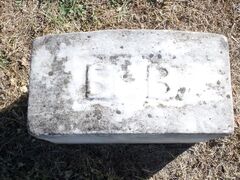 Footstone of Elkanah Bateman Footstone of Elkanah Bateman Elkanah moved to Virginia sometime after this as I next found him living in St. Annes Parish in Albemarle. He was living with millright William H. Wash and continuing his “rising” career in the flour business. He made a career change in the late 1890s though. On February 21st, 1897, Elkanah Bateman was appointed postmaster for Cabell-Floyd, Virginia. I last found him within the 1900 census. He was living in Madison, Virginia (also within Cumberland County). It’s interesting to note that he started and ended life in Cumberland County, just two different states (New Jersey and Virginia). Elkanah Bateman would breathe his last breath in early July, 1901 in Virginia. His body would be brought to Frederick and laid beside the other members of his immediate and extended family in Area B. I looked in vain for his obituary, but couldn't find it anywhere. Perhaps a deeper dive is needed in Virginia newspaper archives. Our cemetery records state that he was placed in the grave on July 4th, 1901. Damn, somebody was working here at Mount Olivet on that holiday as well! Just over a year later, the last member of the Bateman family died, leaving no surviving heirs for this family that came by way of New Jersey. Adriana Bateman would never marry. She died on July 23rd, 1902 and was buried next to the two sisters she never had the chance of knowing, and the same that were buried on New Year's Day, 47 years earlier. Happy New Year, and thanks for your support of us at Mount Olivet and these “Stories in Stone” articles throughout 2023.
|
STORIES
|
Archives
July 2024
June 2024
May 2024
April 2024
March 2024
February 2024
January 2024
December 2023
November 2023
September 2023
August 2023
July 2023
June 2023
May 2023
April 2023
March 2023
February 2023
January 2023
December 2022
November 2022
October 2022
September 2022
August 2022
July 2022
June 2022
May 2022
April 2022
March 2022
February 2022
January 2022
December 2021
November 2021
October 2021
September 2021
August 2021
July 2021
June 2021
May 2021
April 2021
March 2021
February 2021
January 2021
December 2020
November 2020
October 2020
September 2020
August 2020
July 2020
June 2020
May 2020
April 2020
March 2020
February 2020
January 2020
December 2019
November 2019
October 2019
September 2019
August 2019
July 2019
June 2019
May 2019
April 2019
March 2019
February 2019
January 2019
December 2018
November 2018
October 2018
September 2018
August 2018
July 2018
June 2018
May 2018
April 2018
March 2018
February 2018
January 2018
December 2017
November 2017
October 2017
September 2017
August 2017
July 2017
June 2017
May 2017
April 2017
March 2017
February 2017
January 2017
December 2016
November 2016





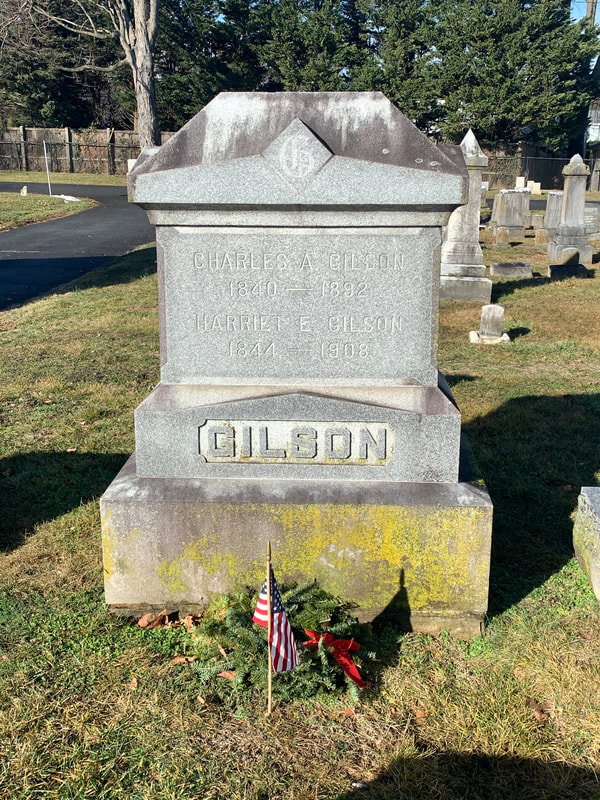




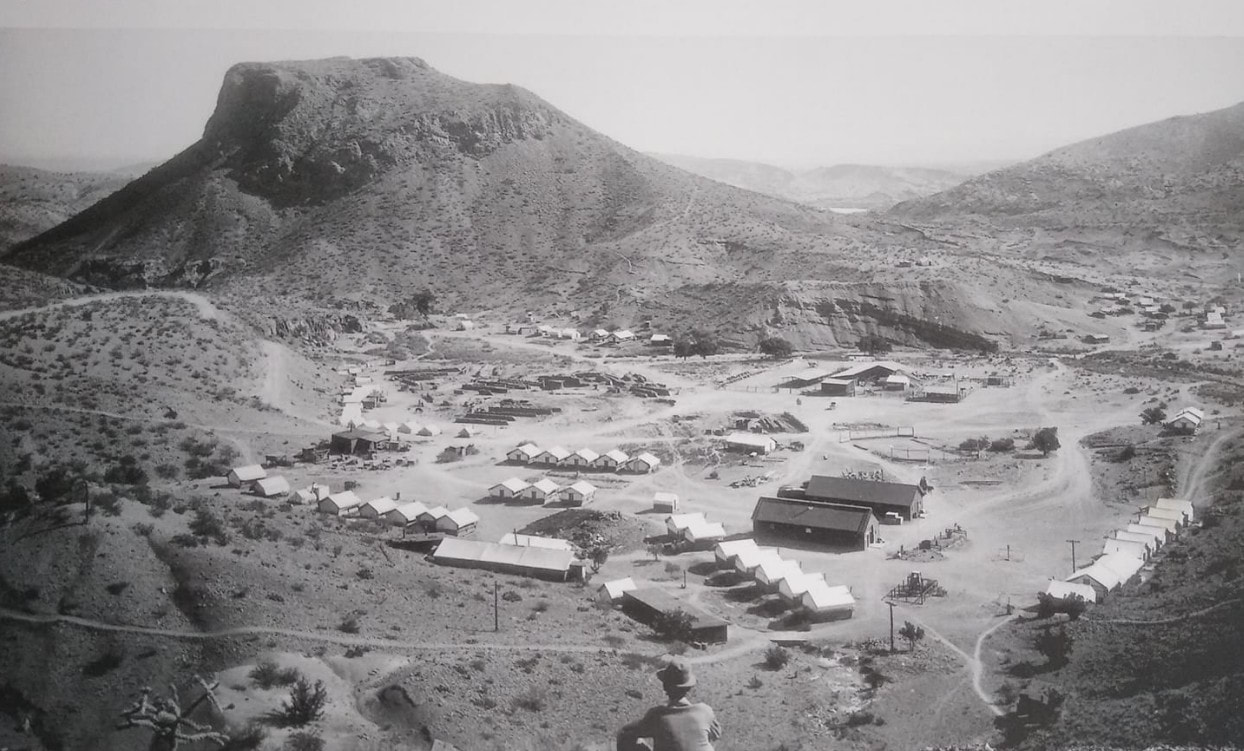









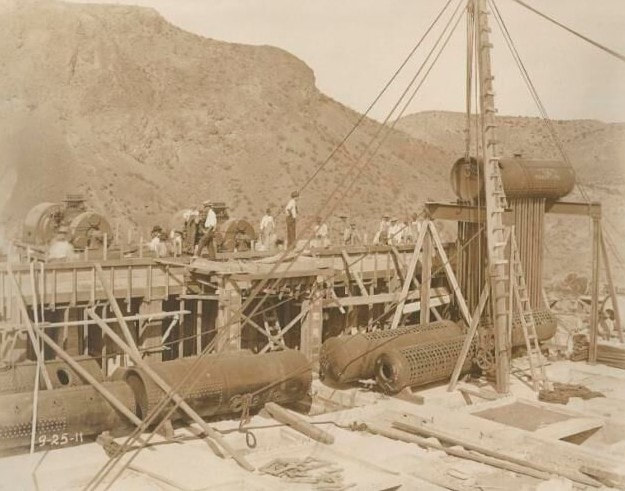
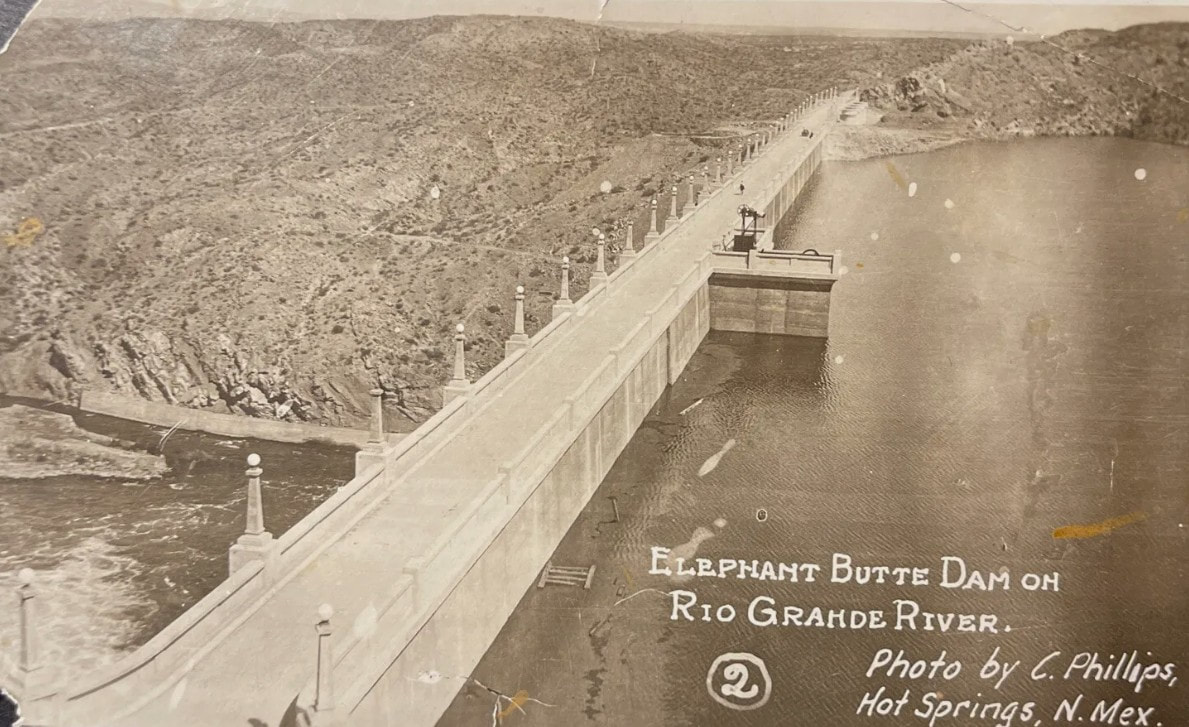






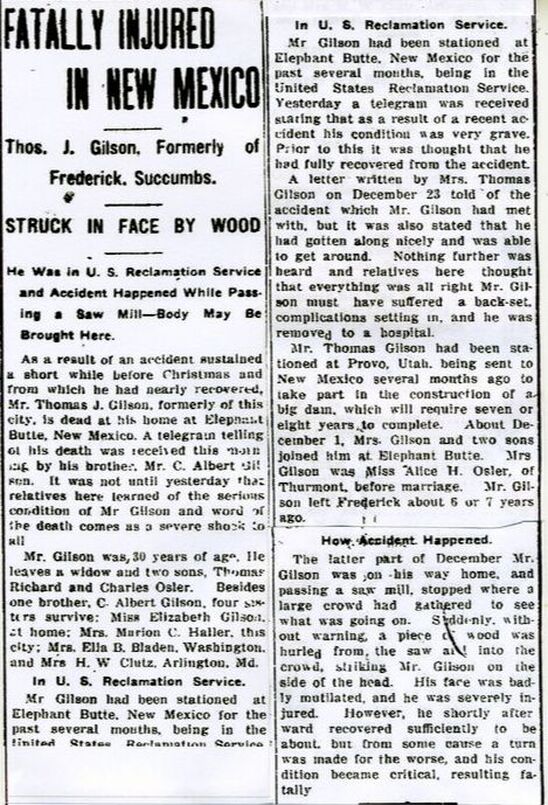
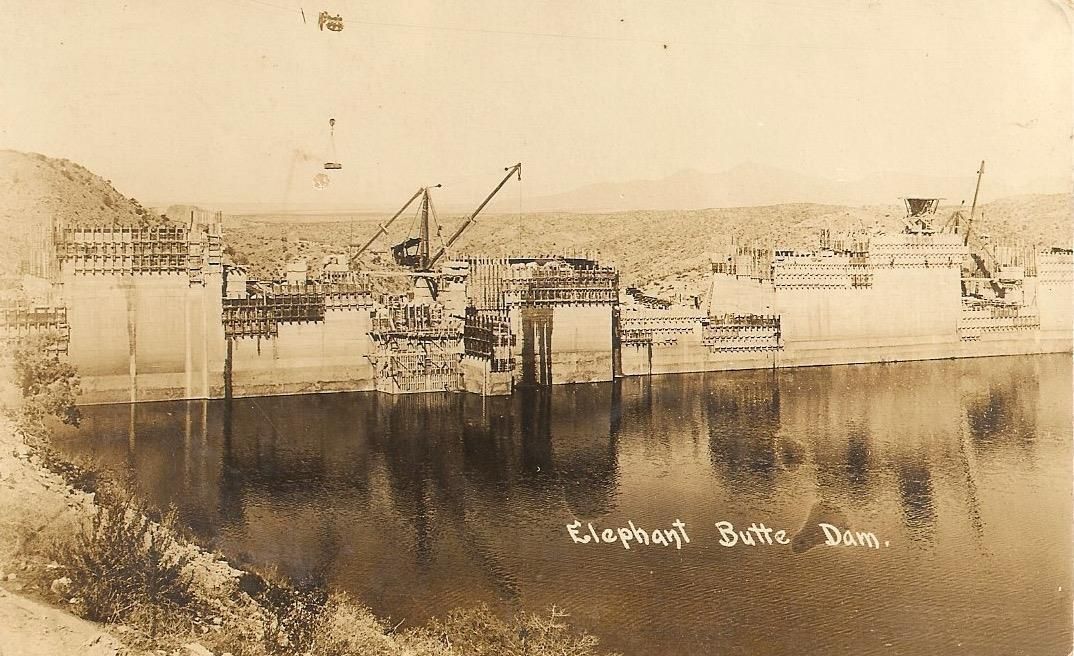

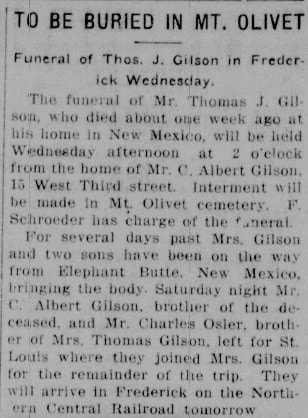
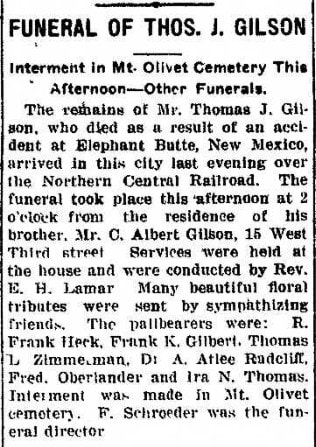


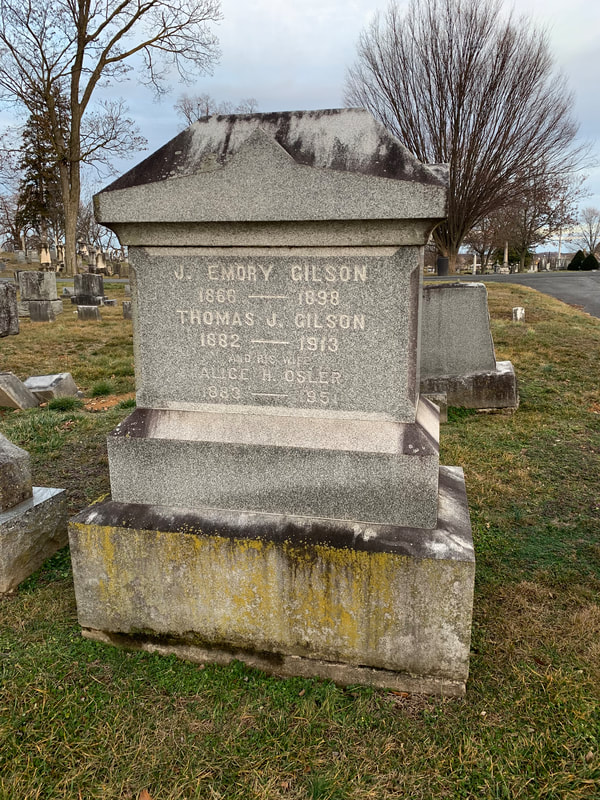











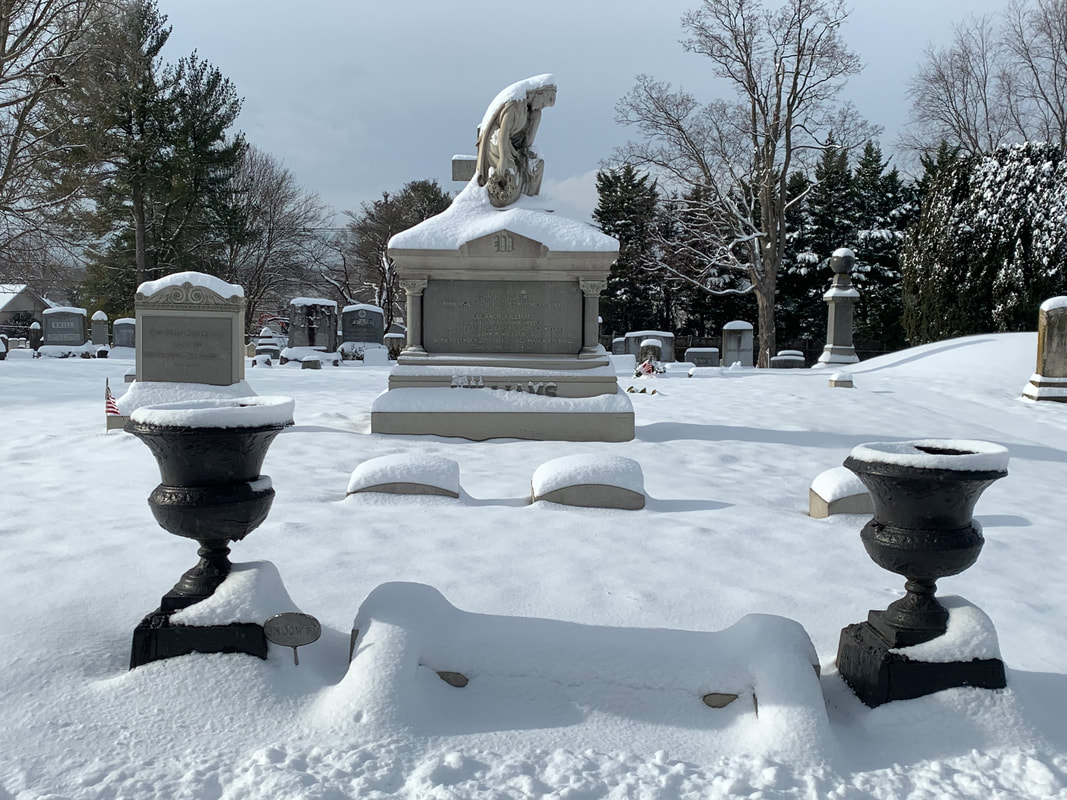

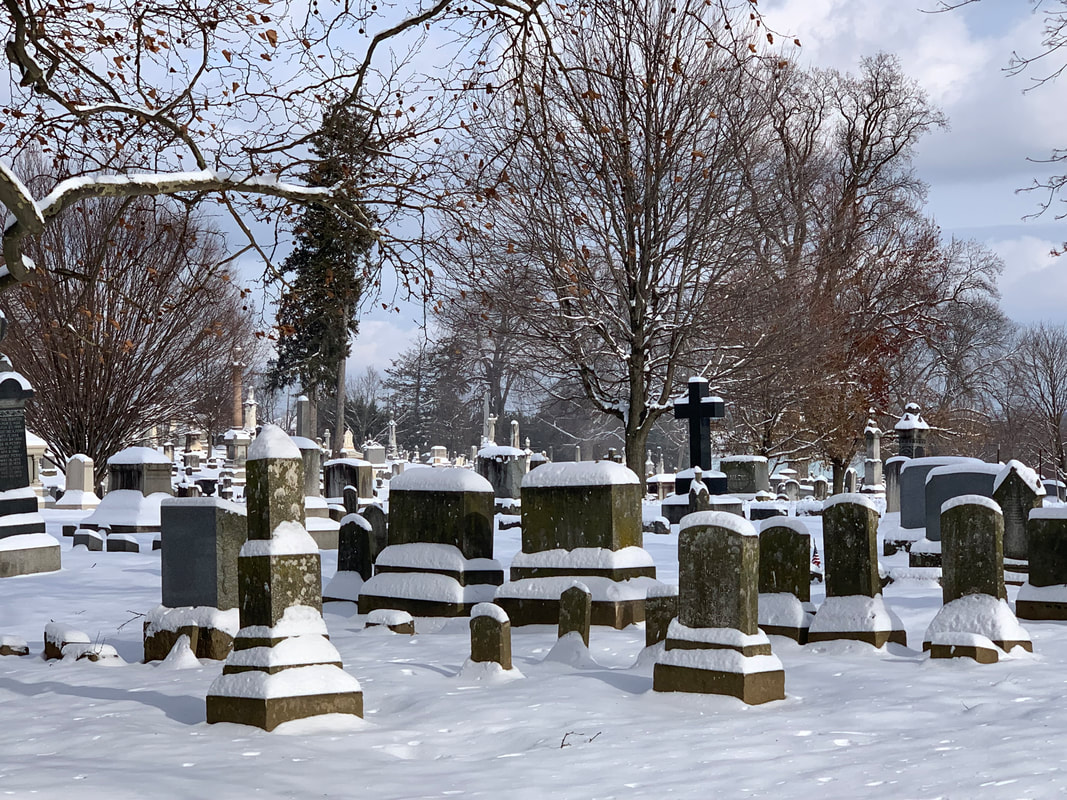
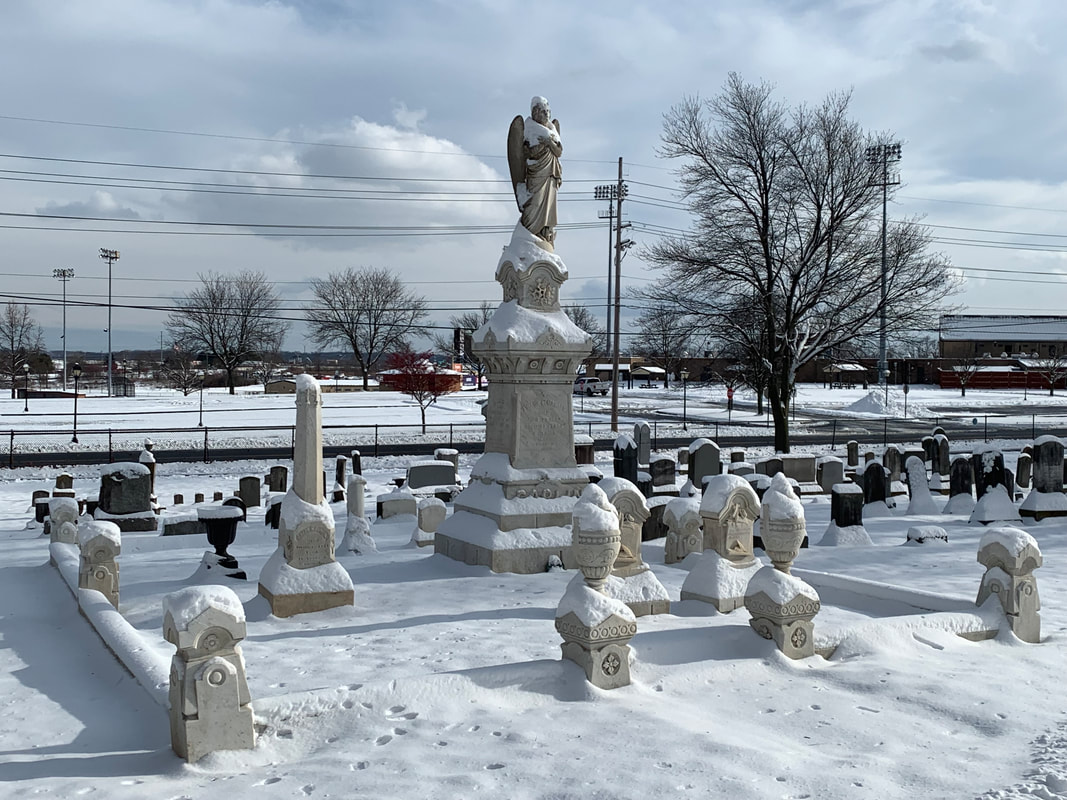











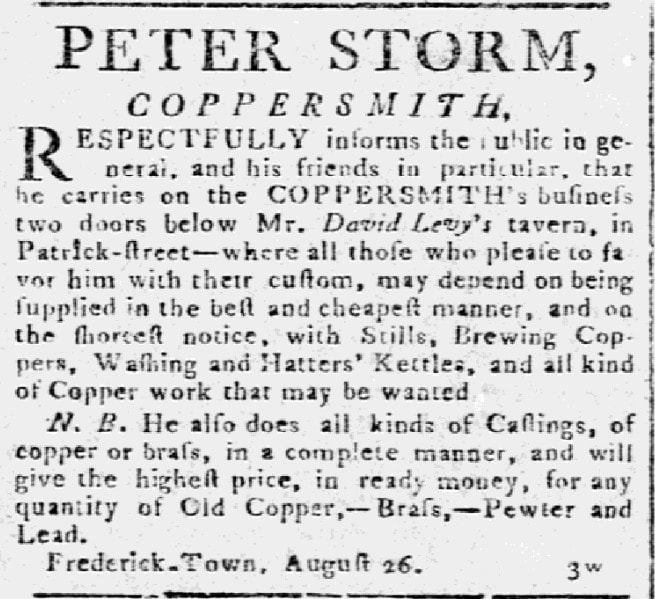

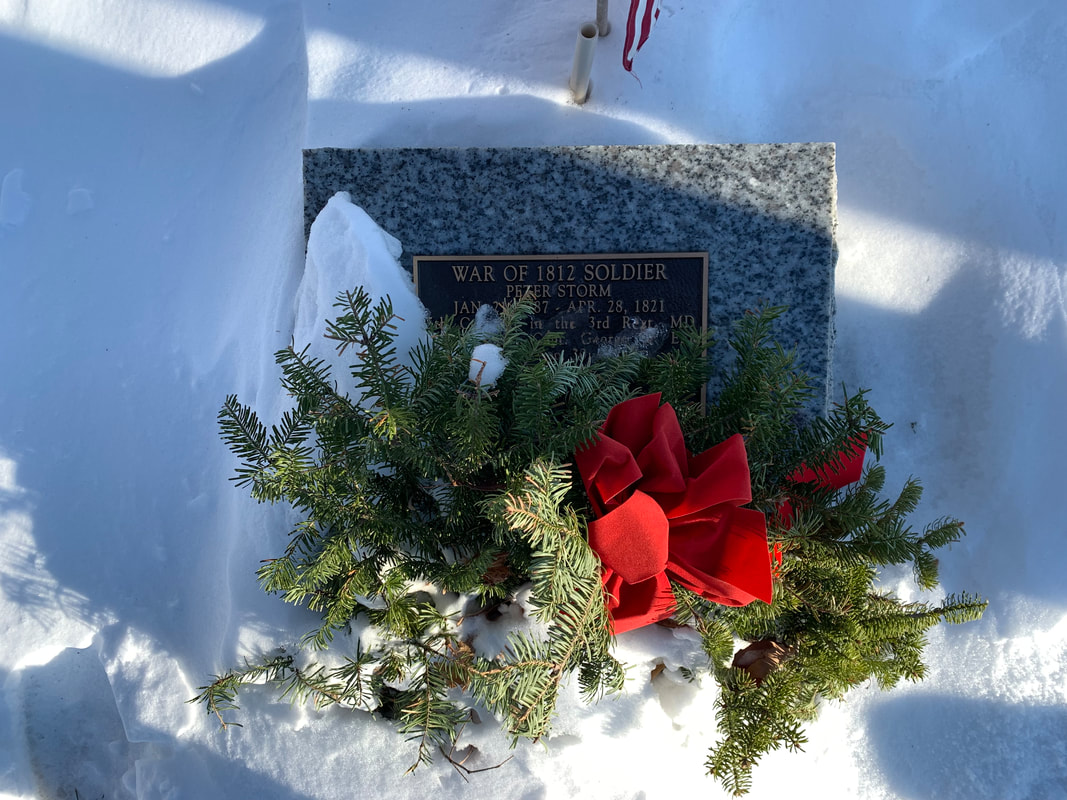




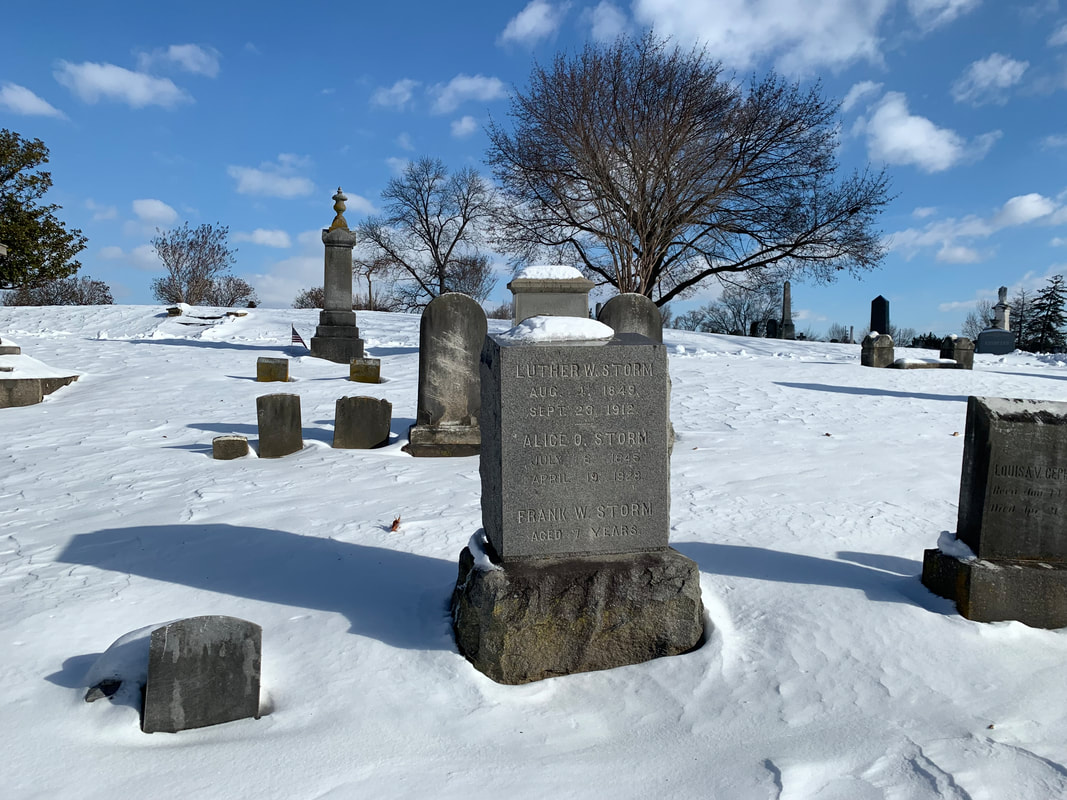




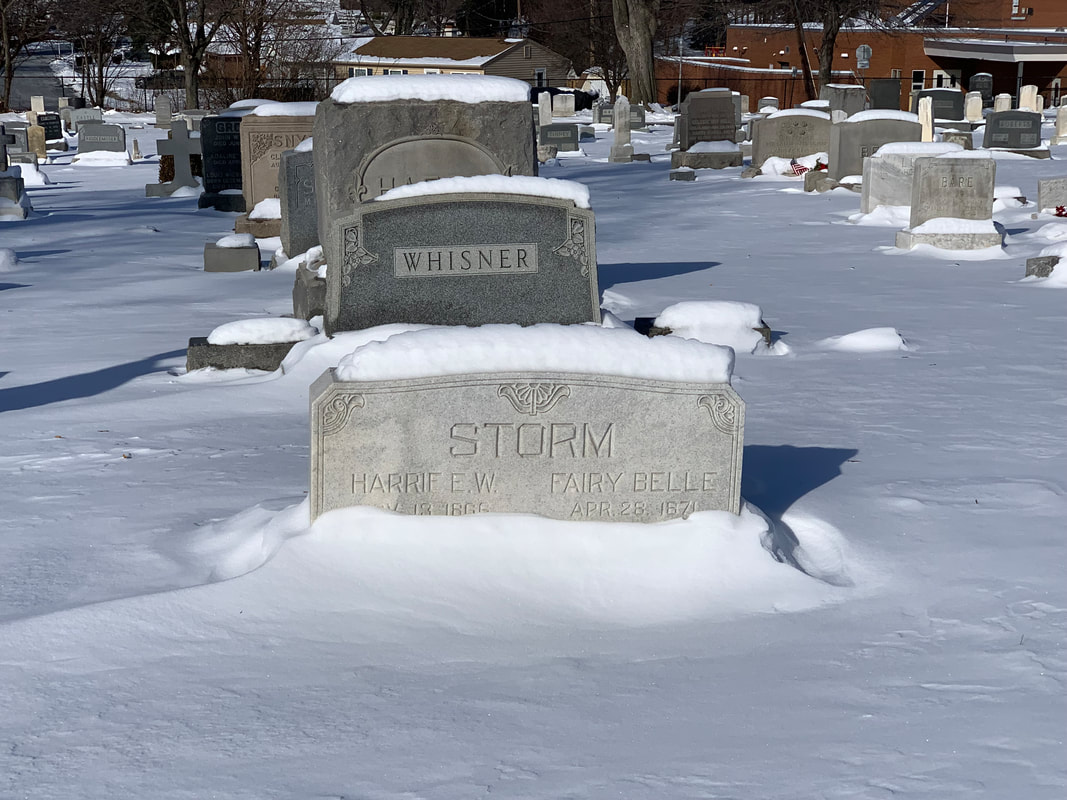
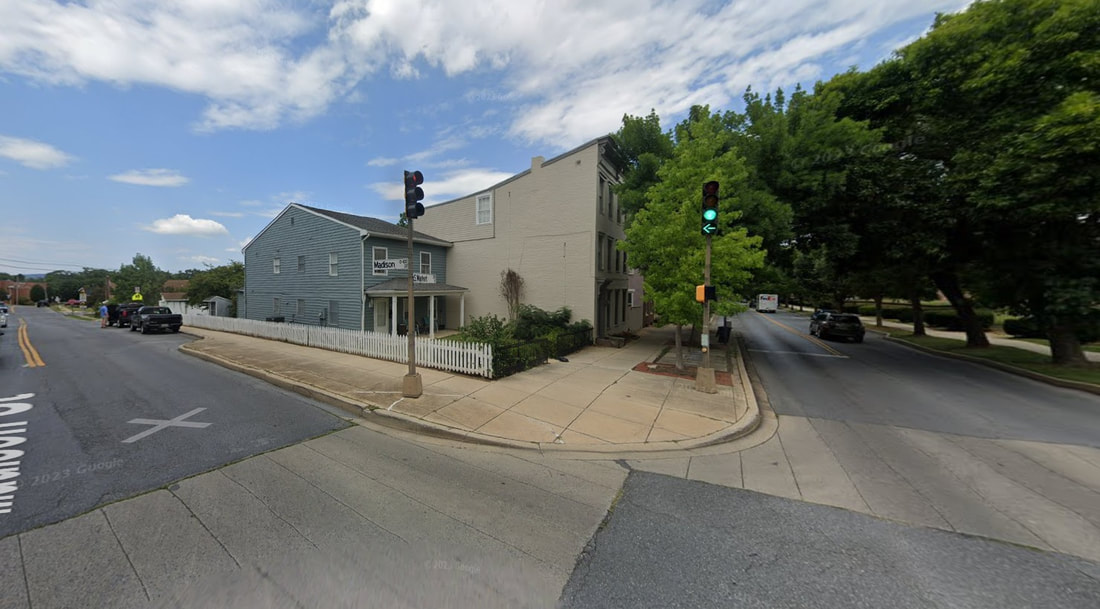





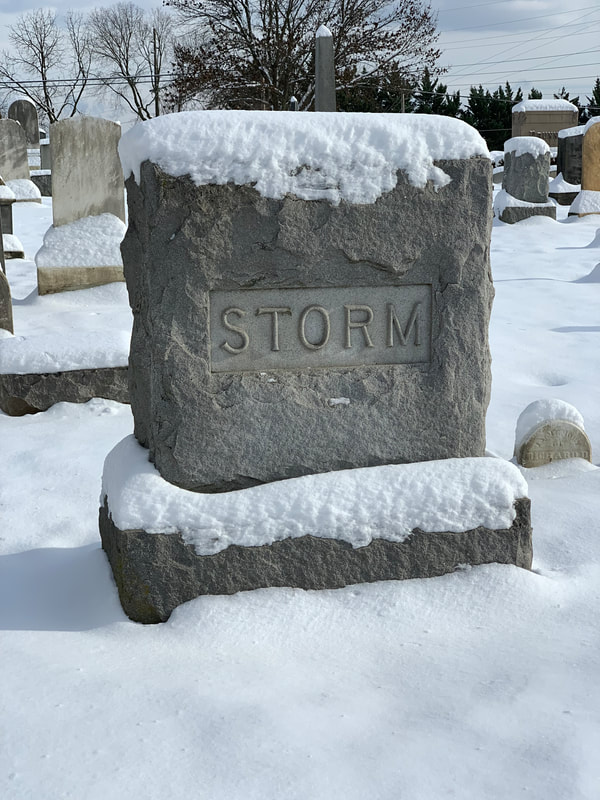









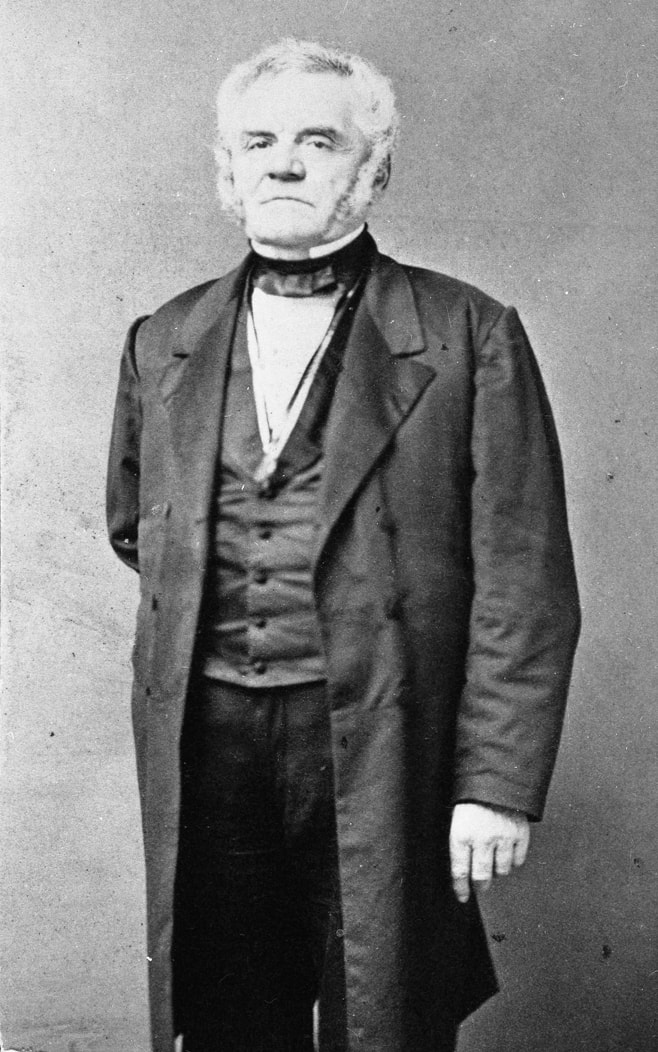




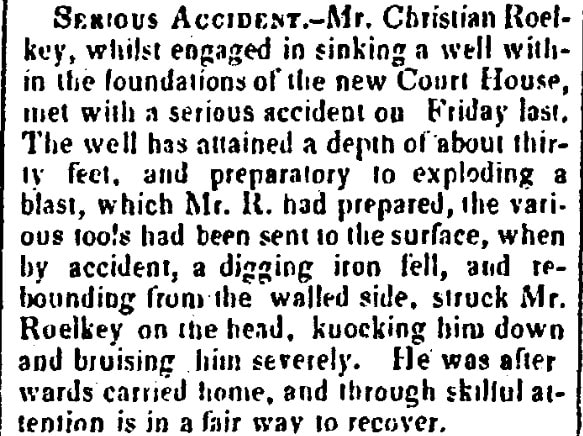





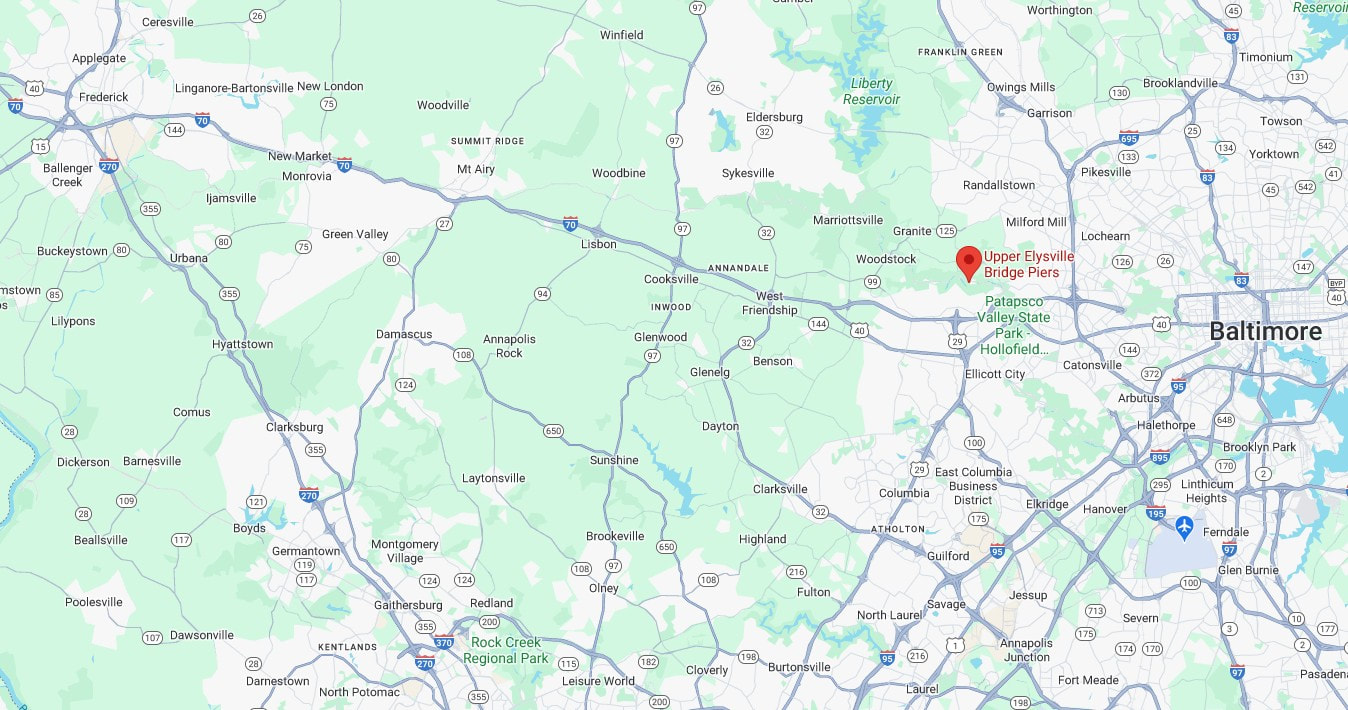



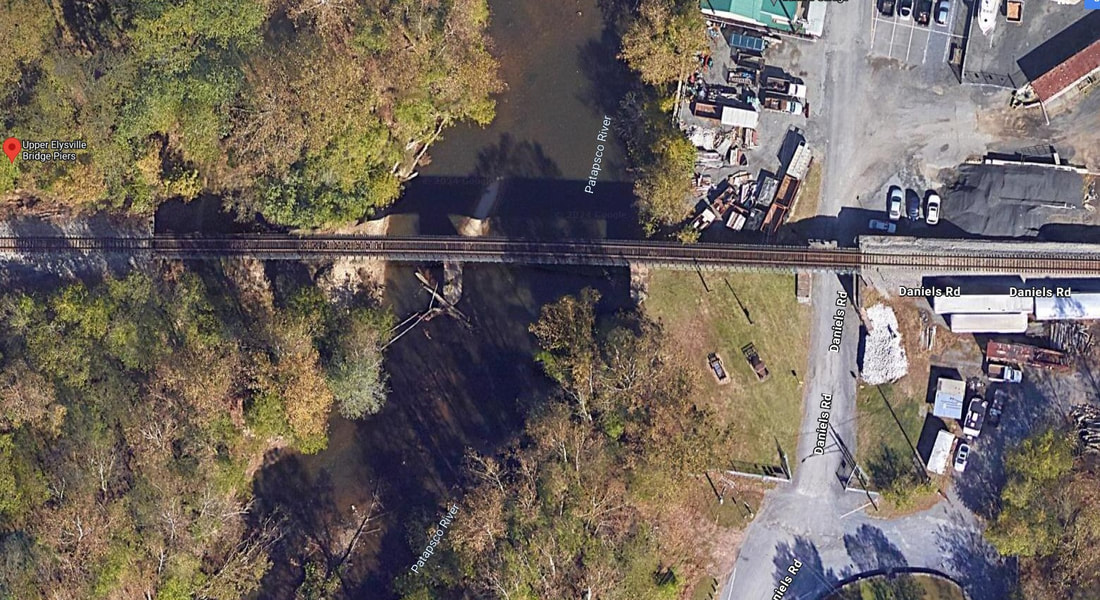
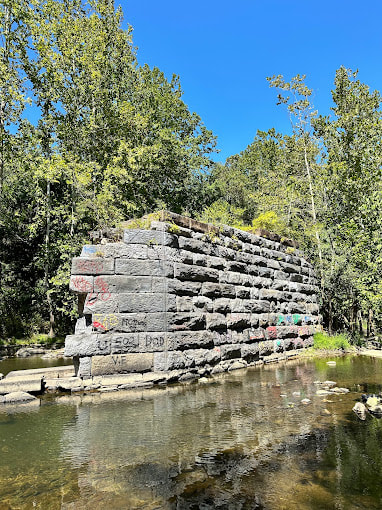





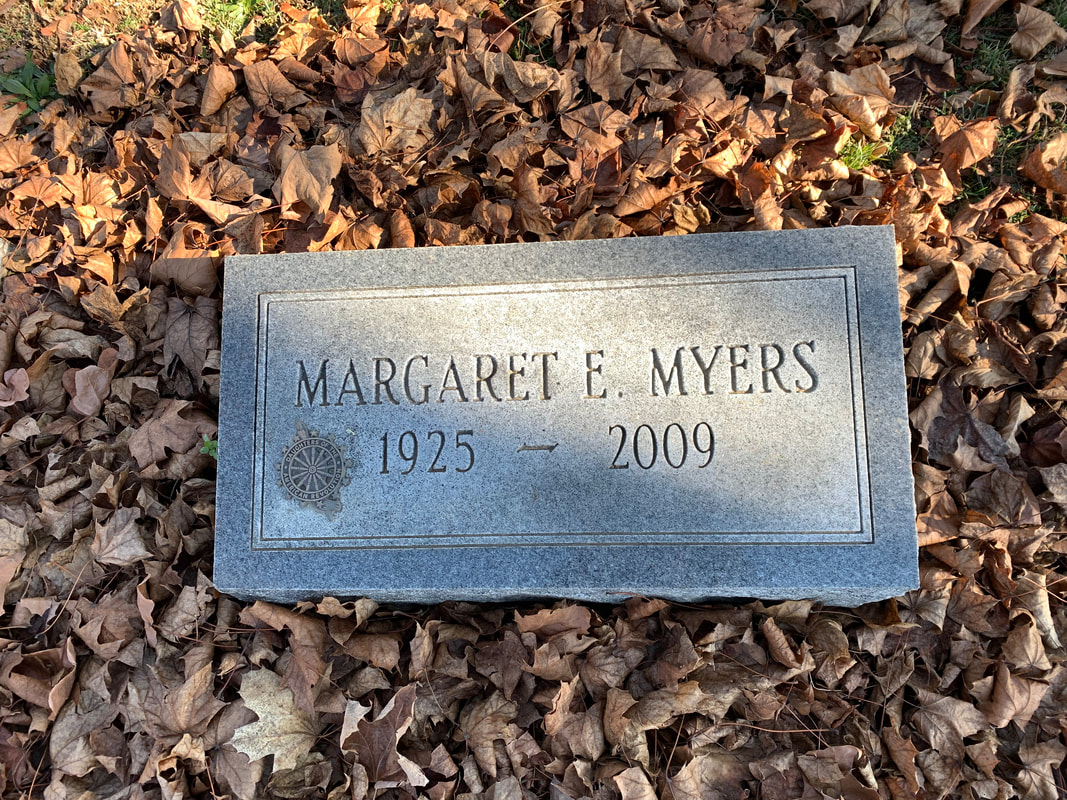




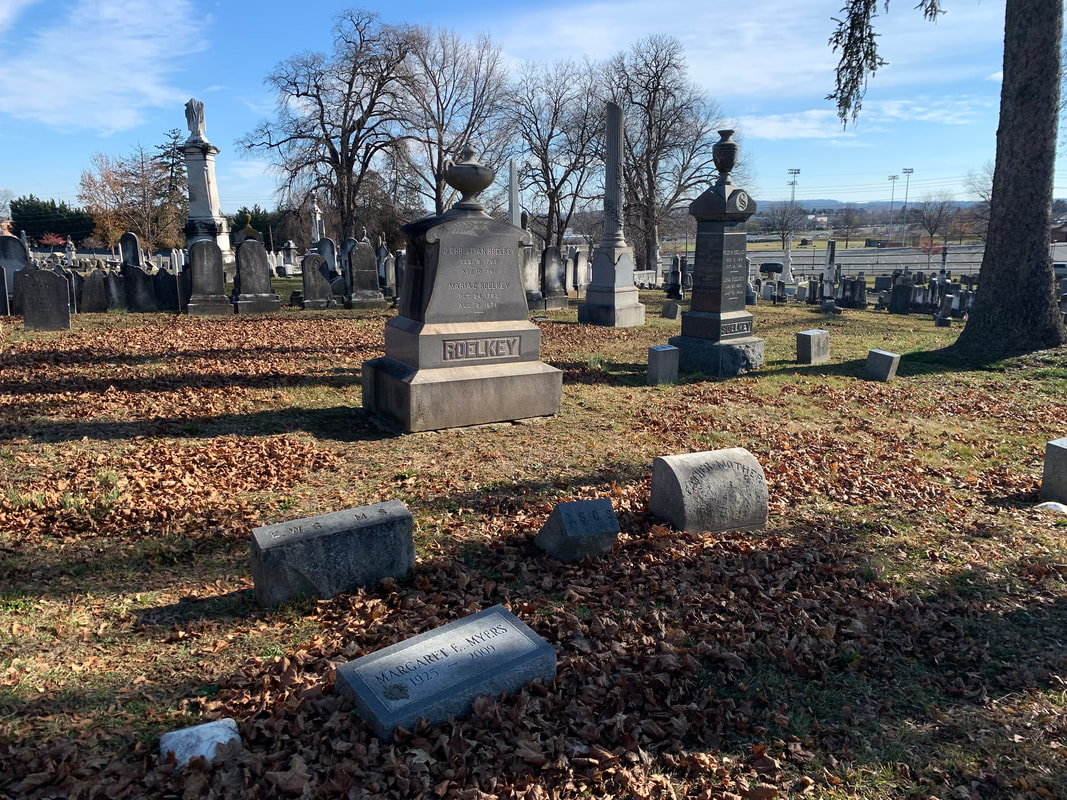

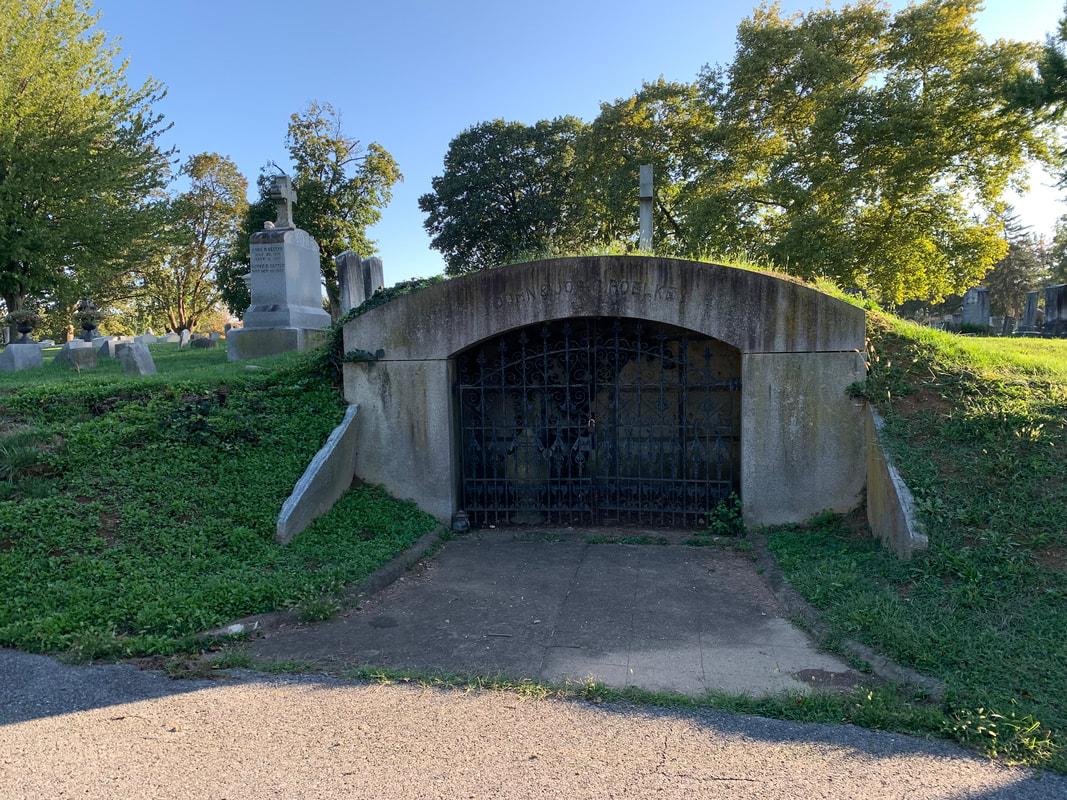
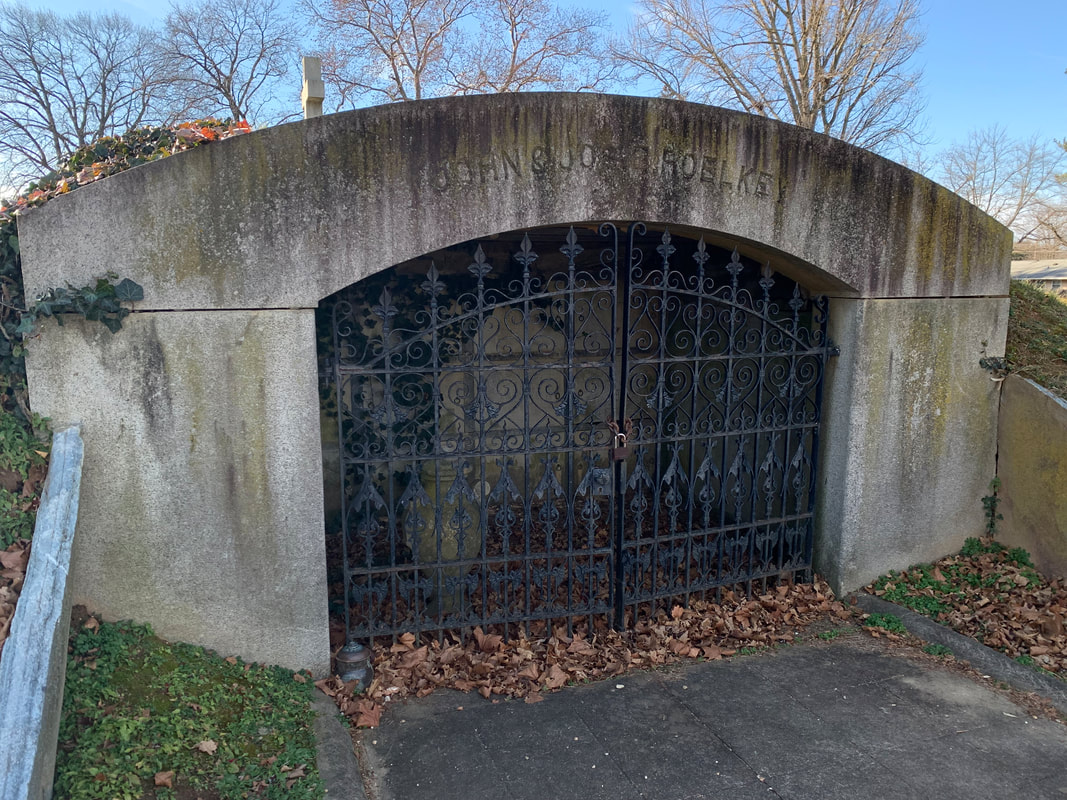







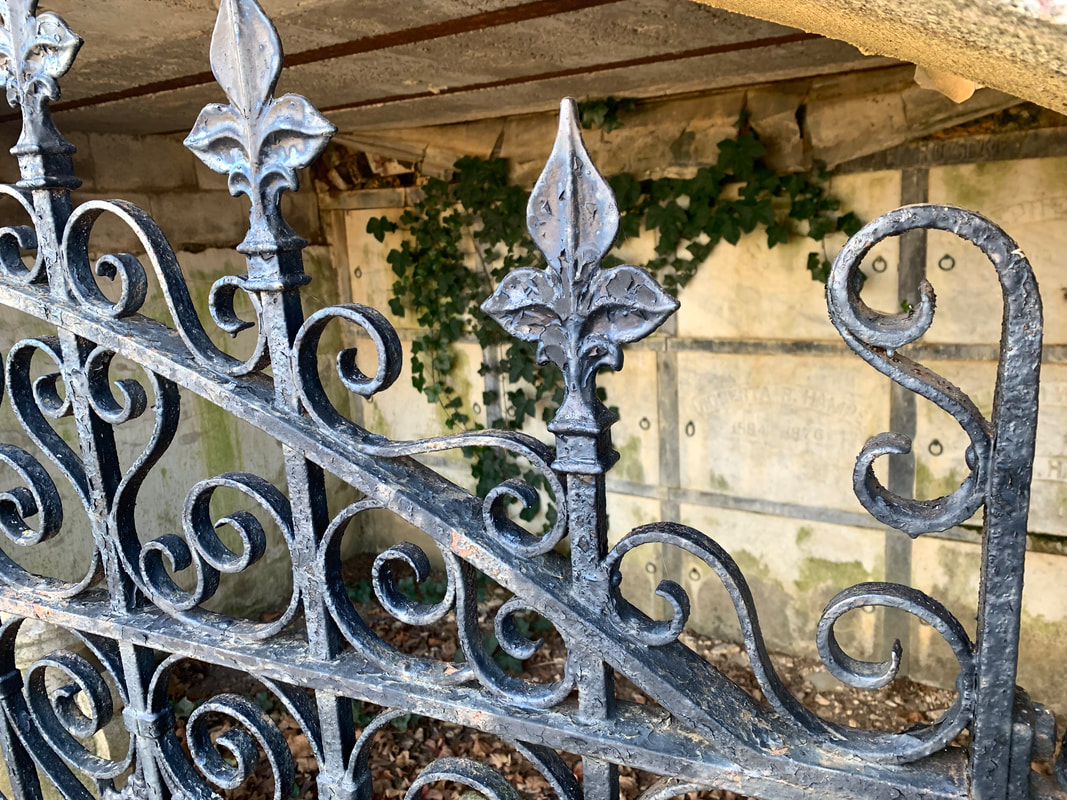

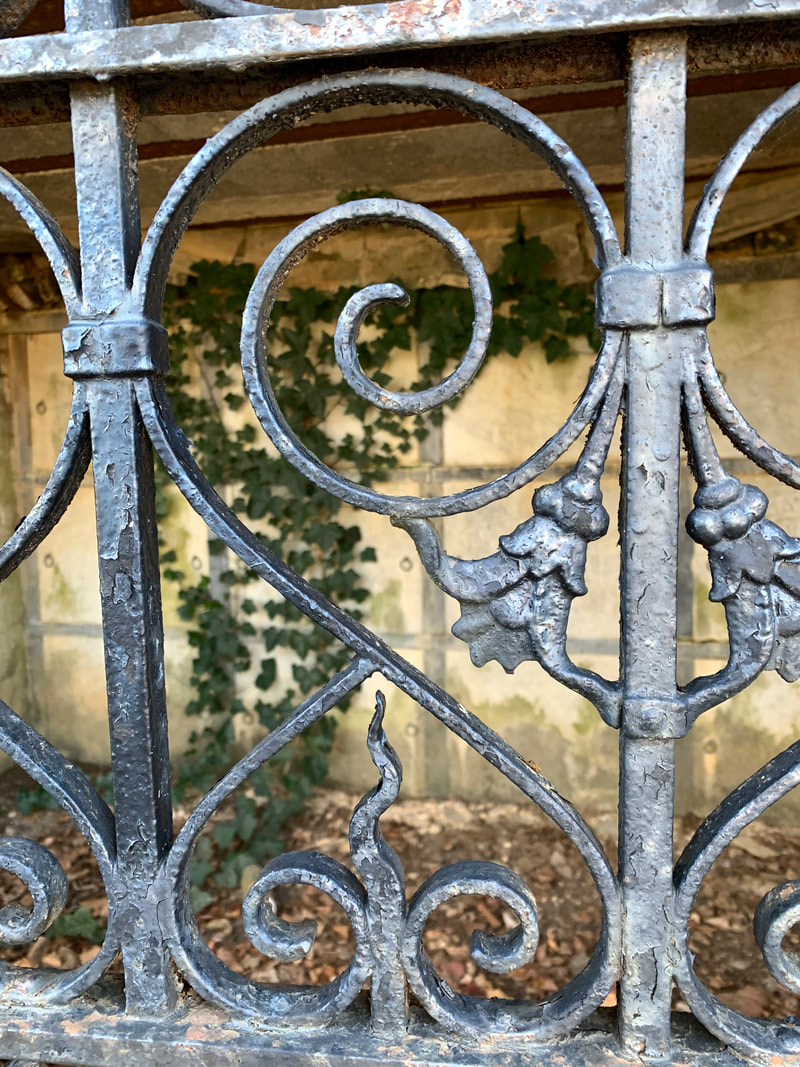



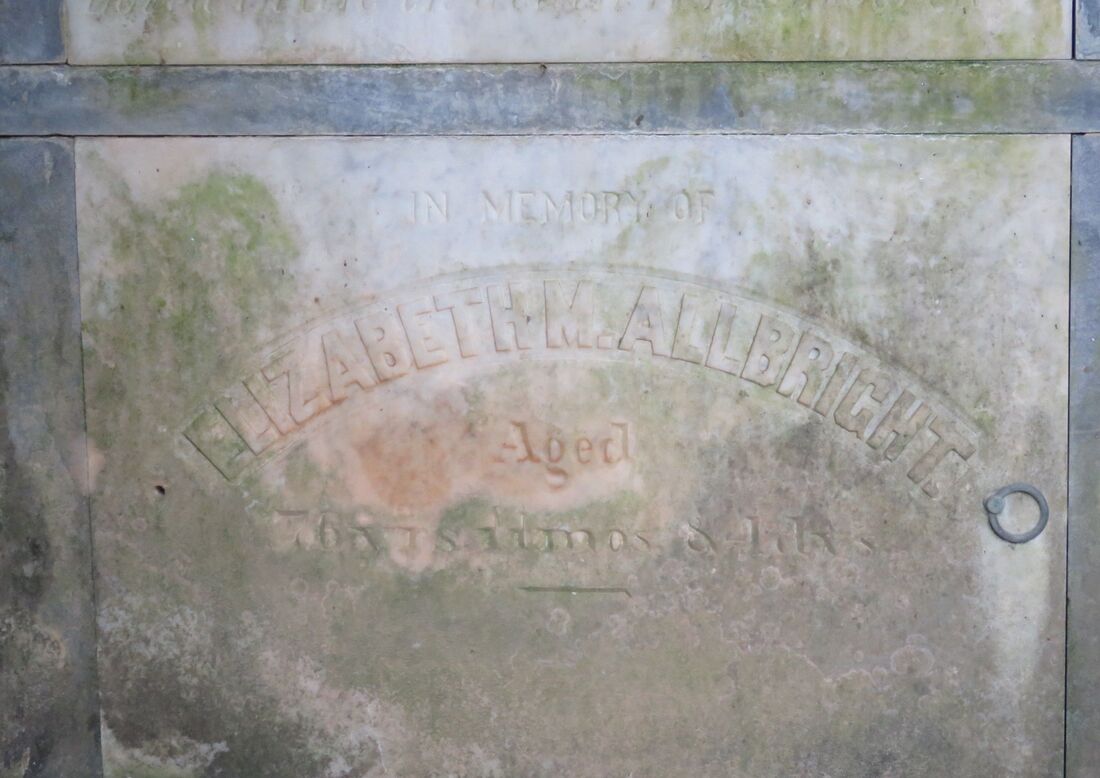


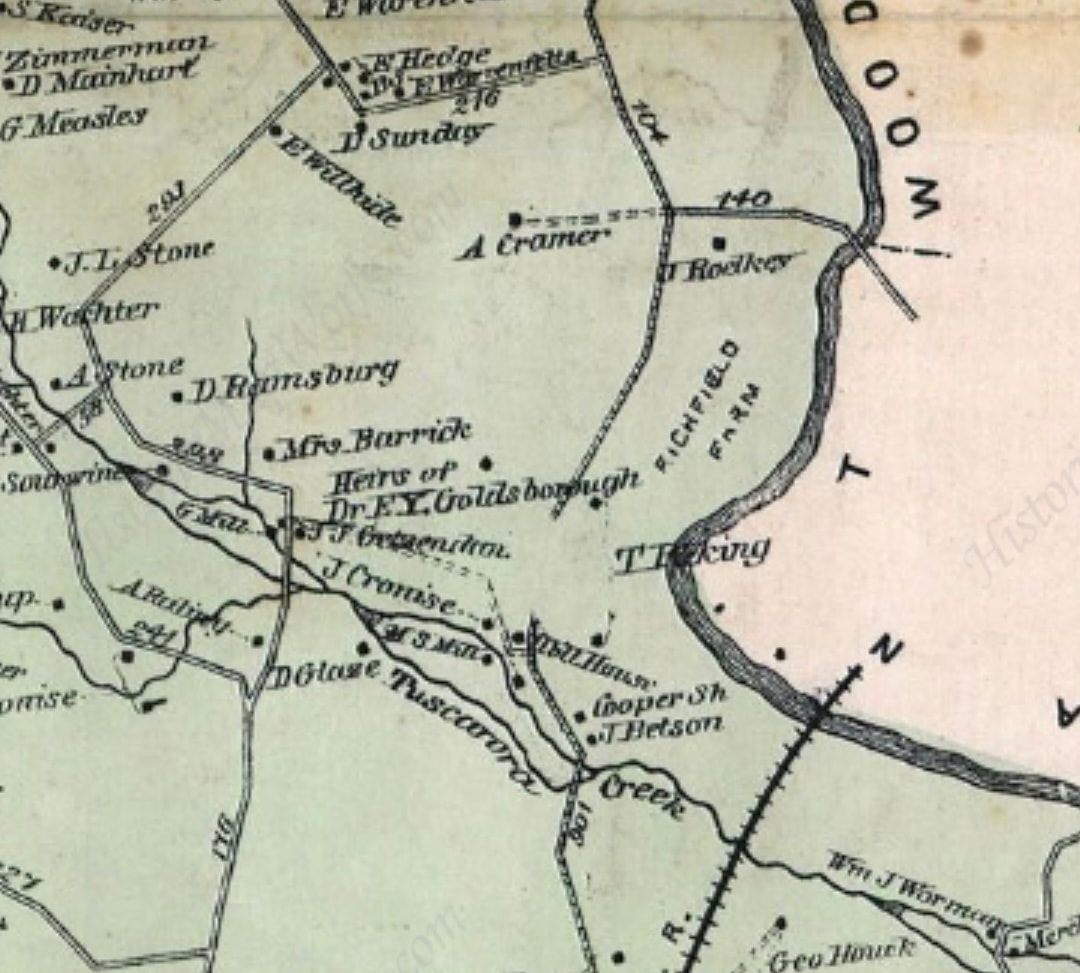




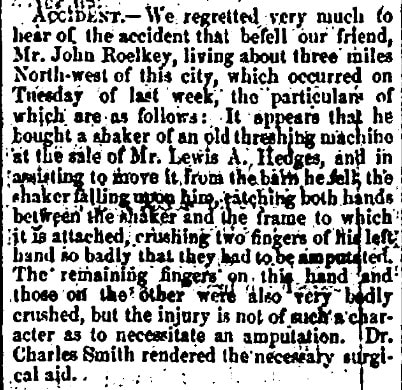










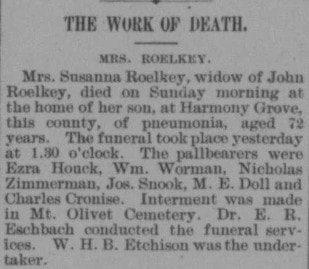

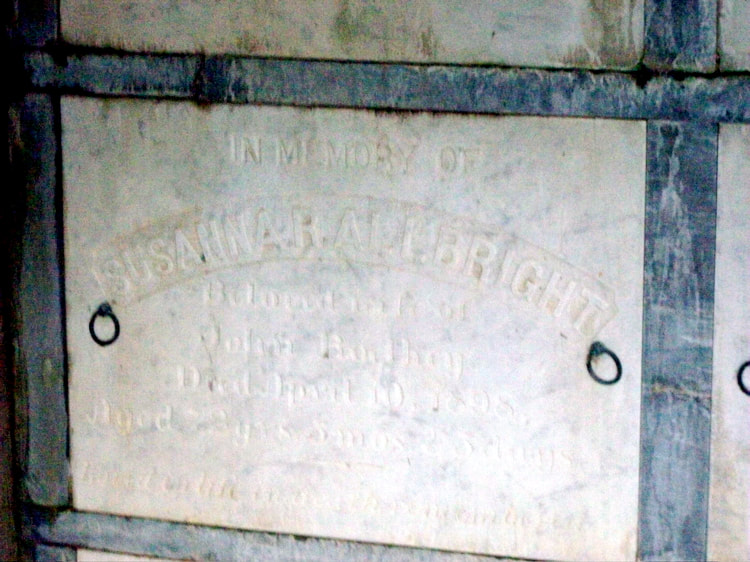

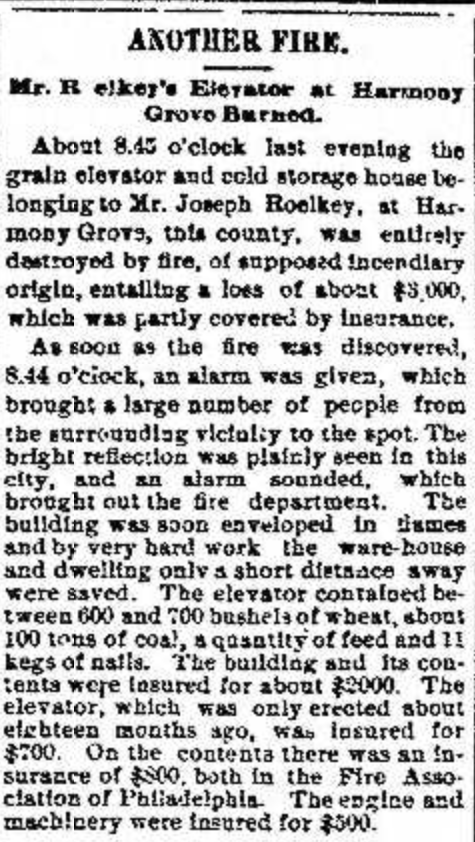

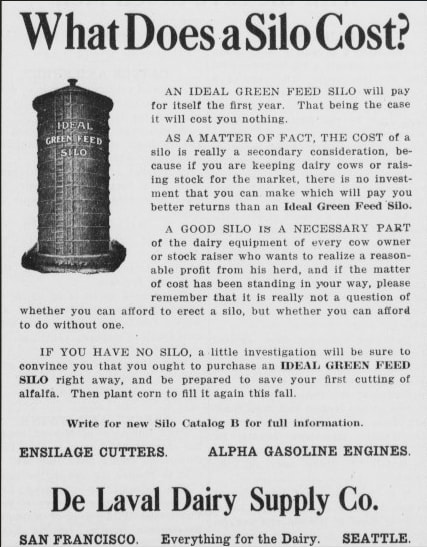

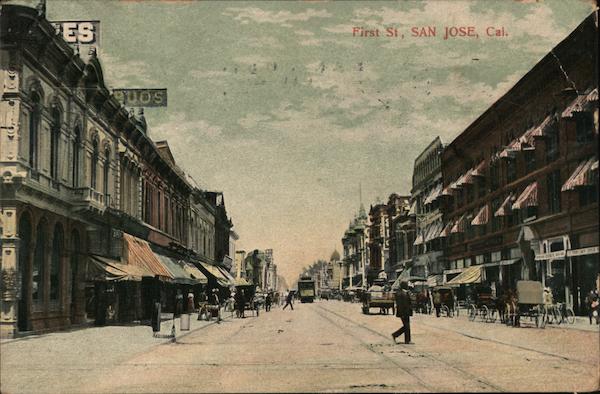



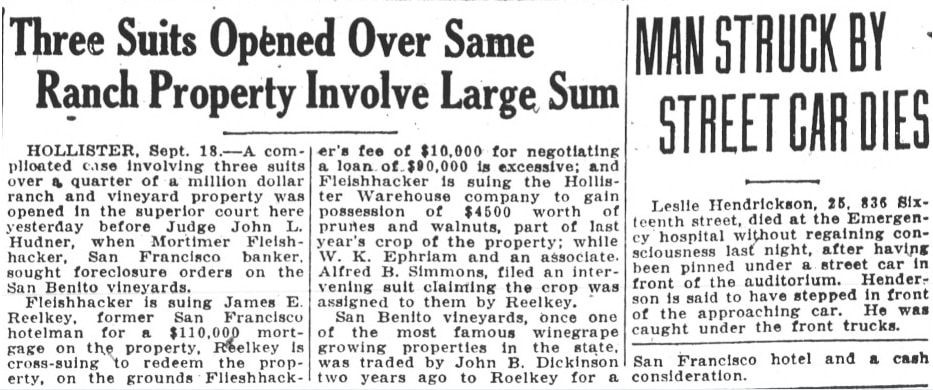














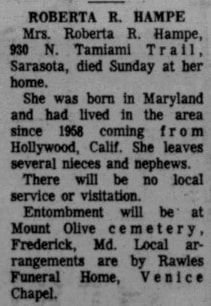

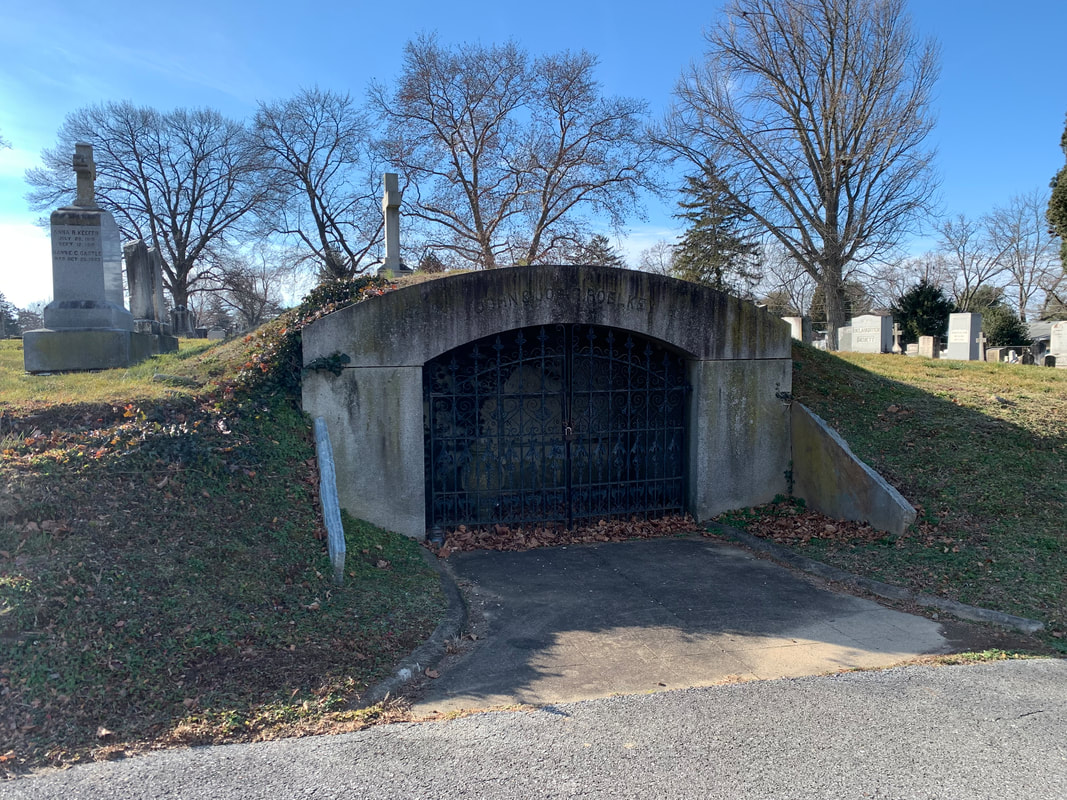







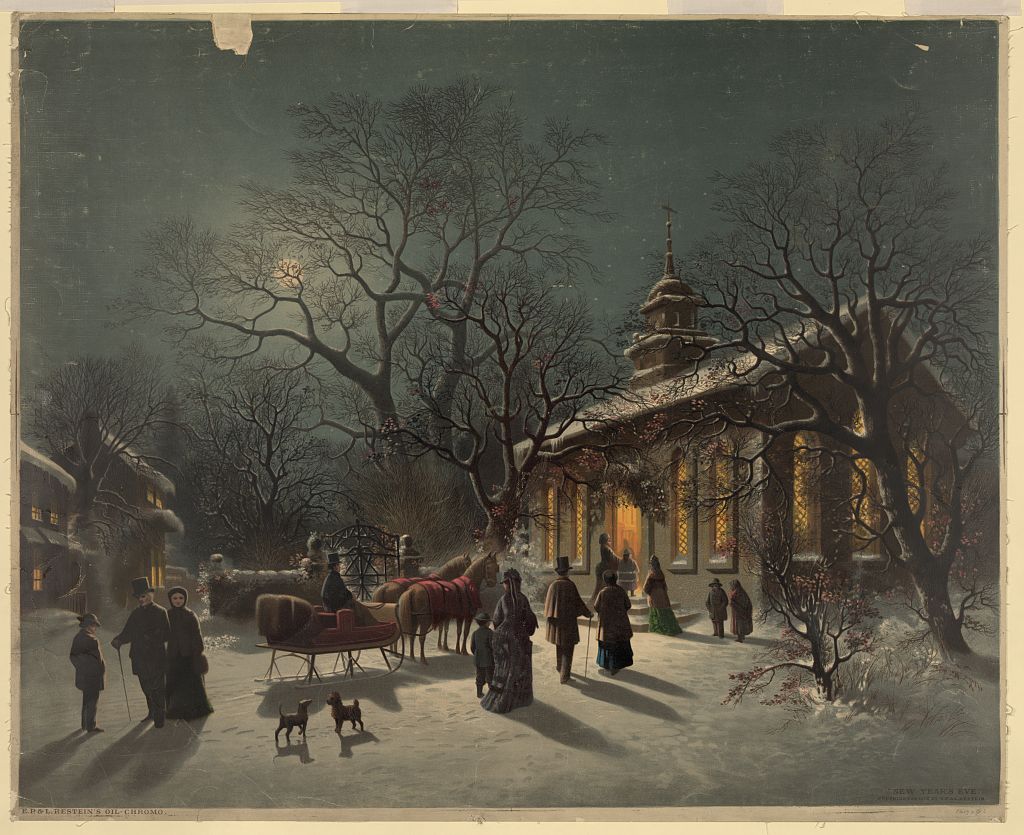








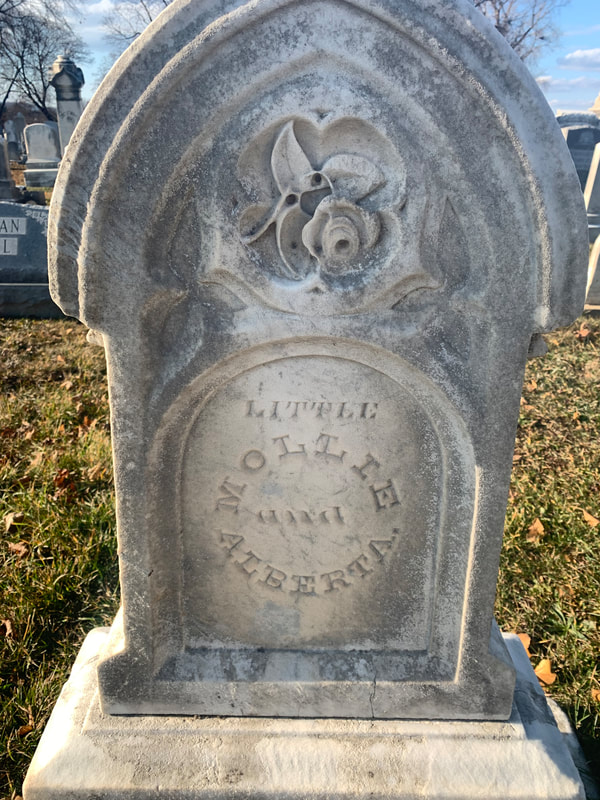



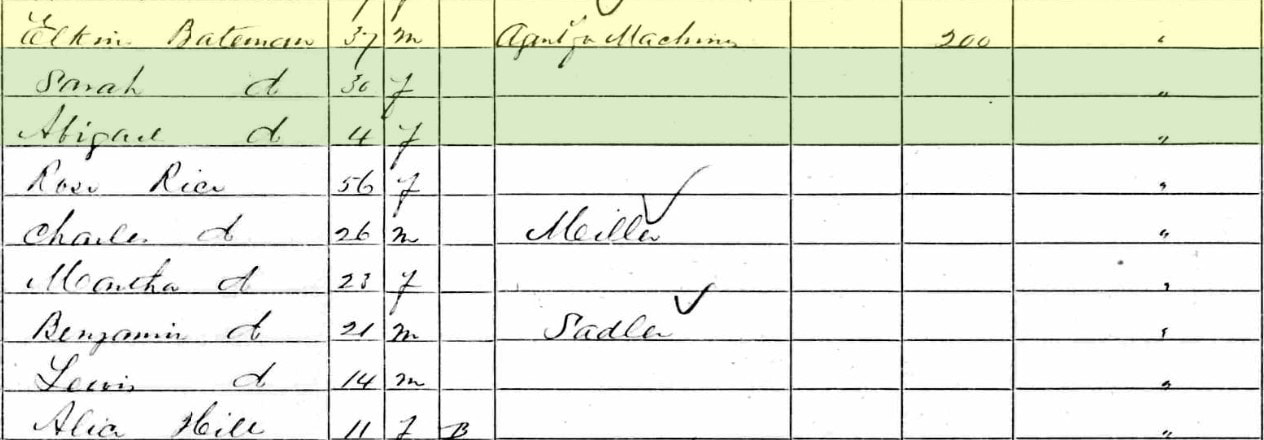

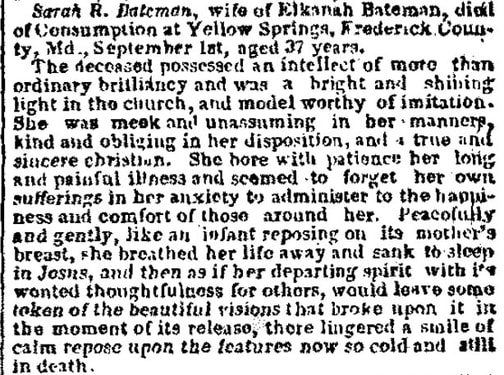
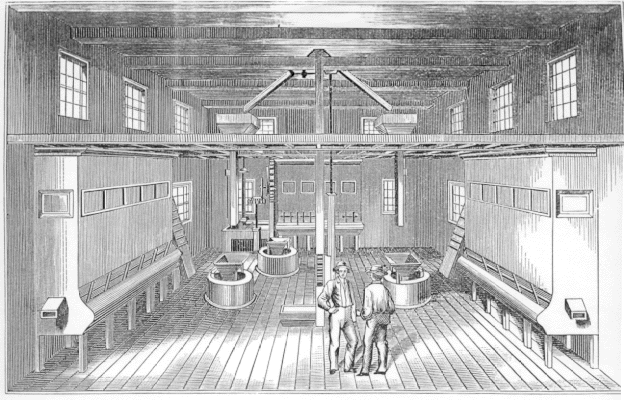

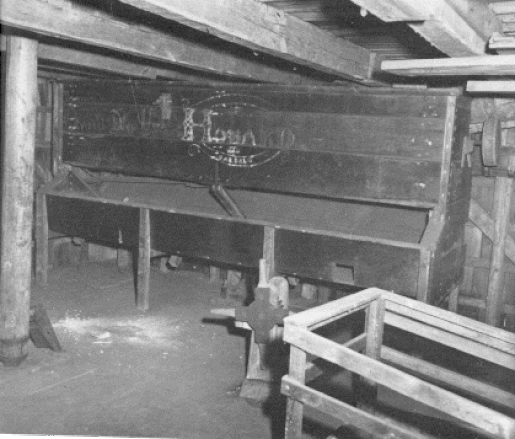
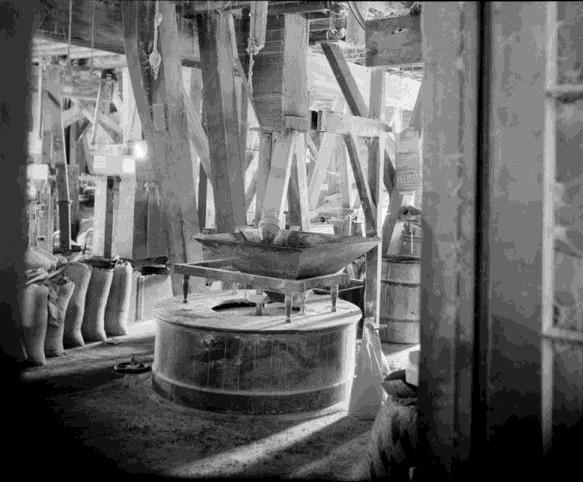



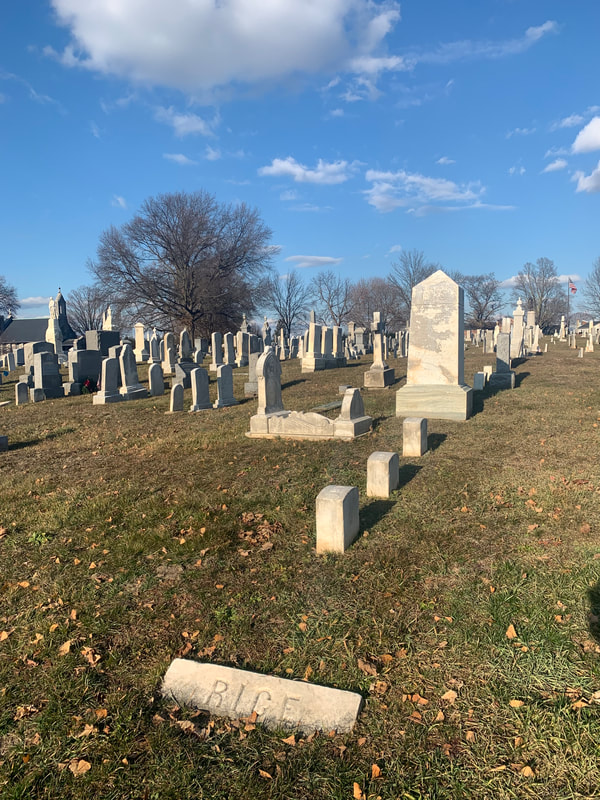

 RSS Feed
RSS Feed